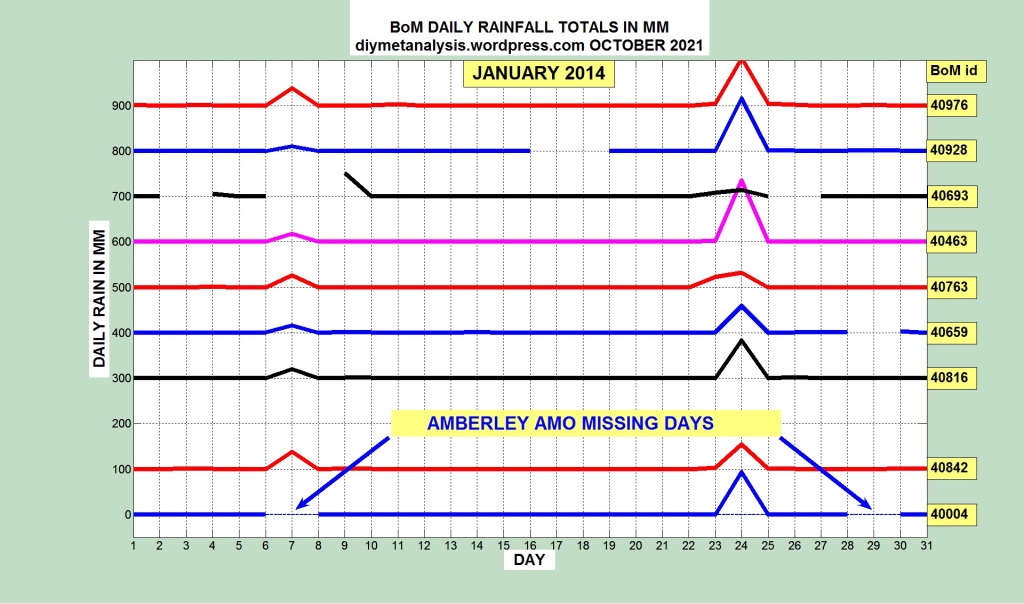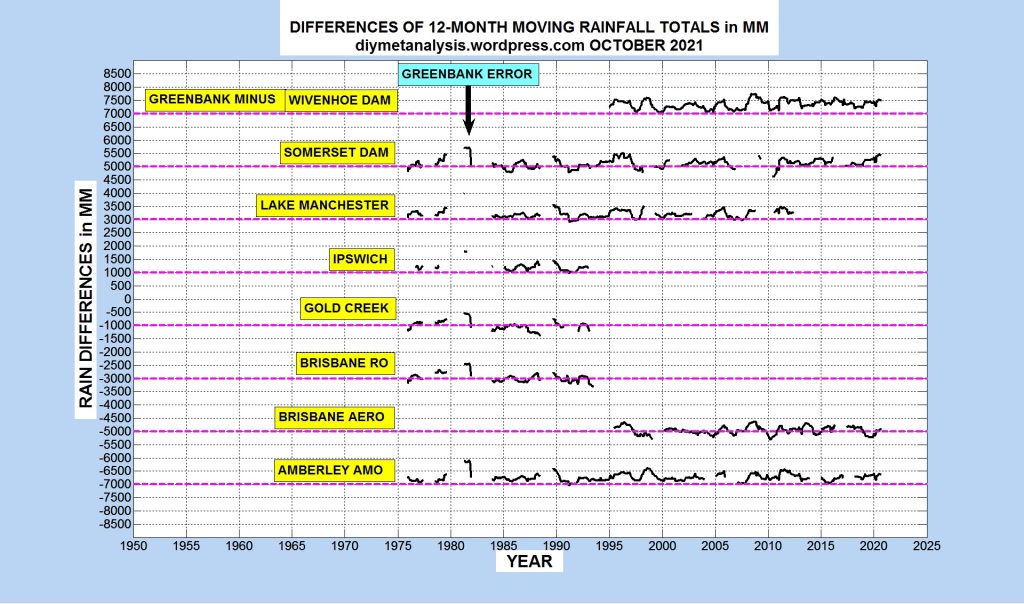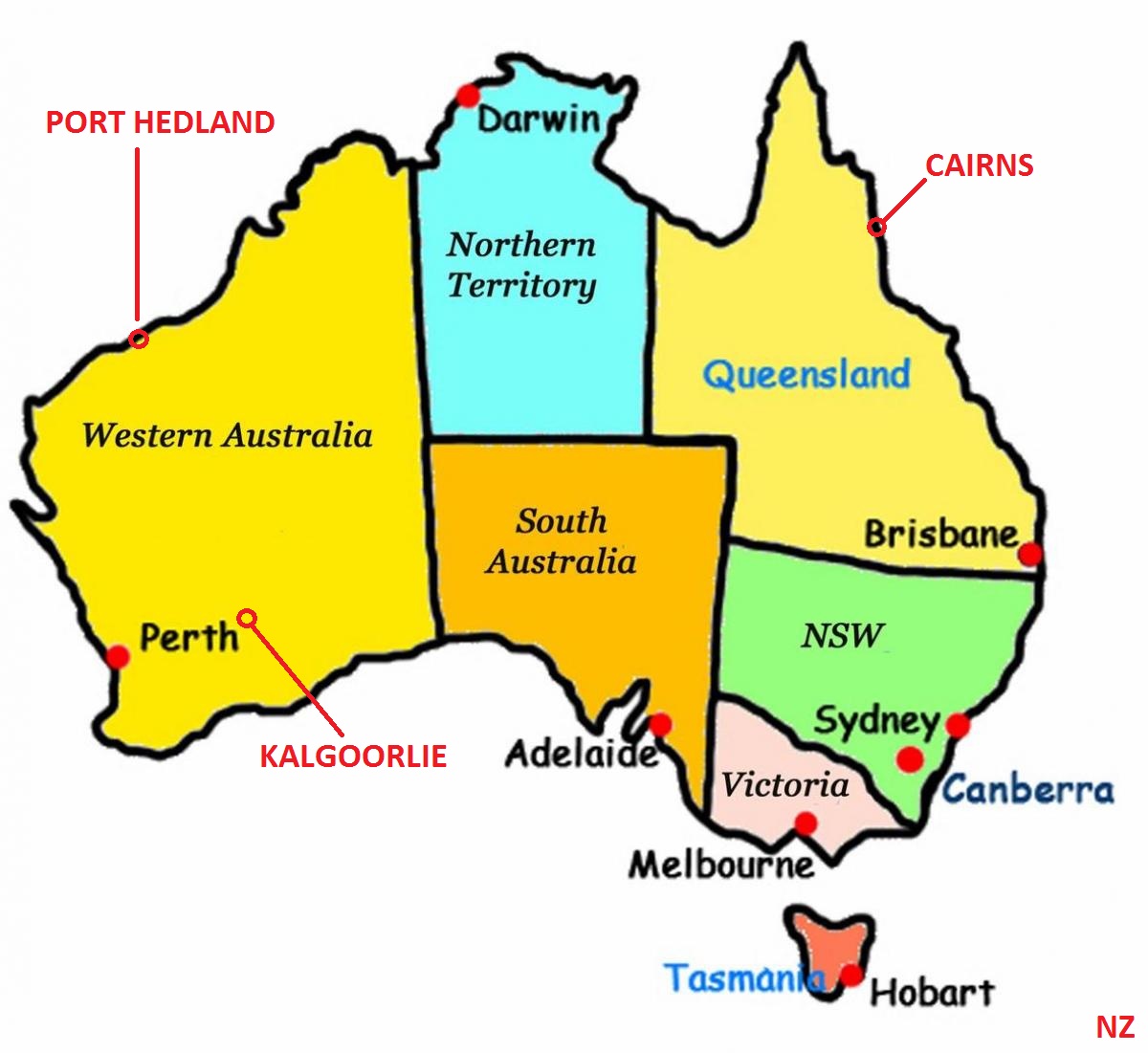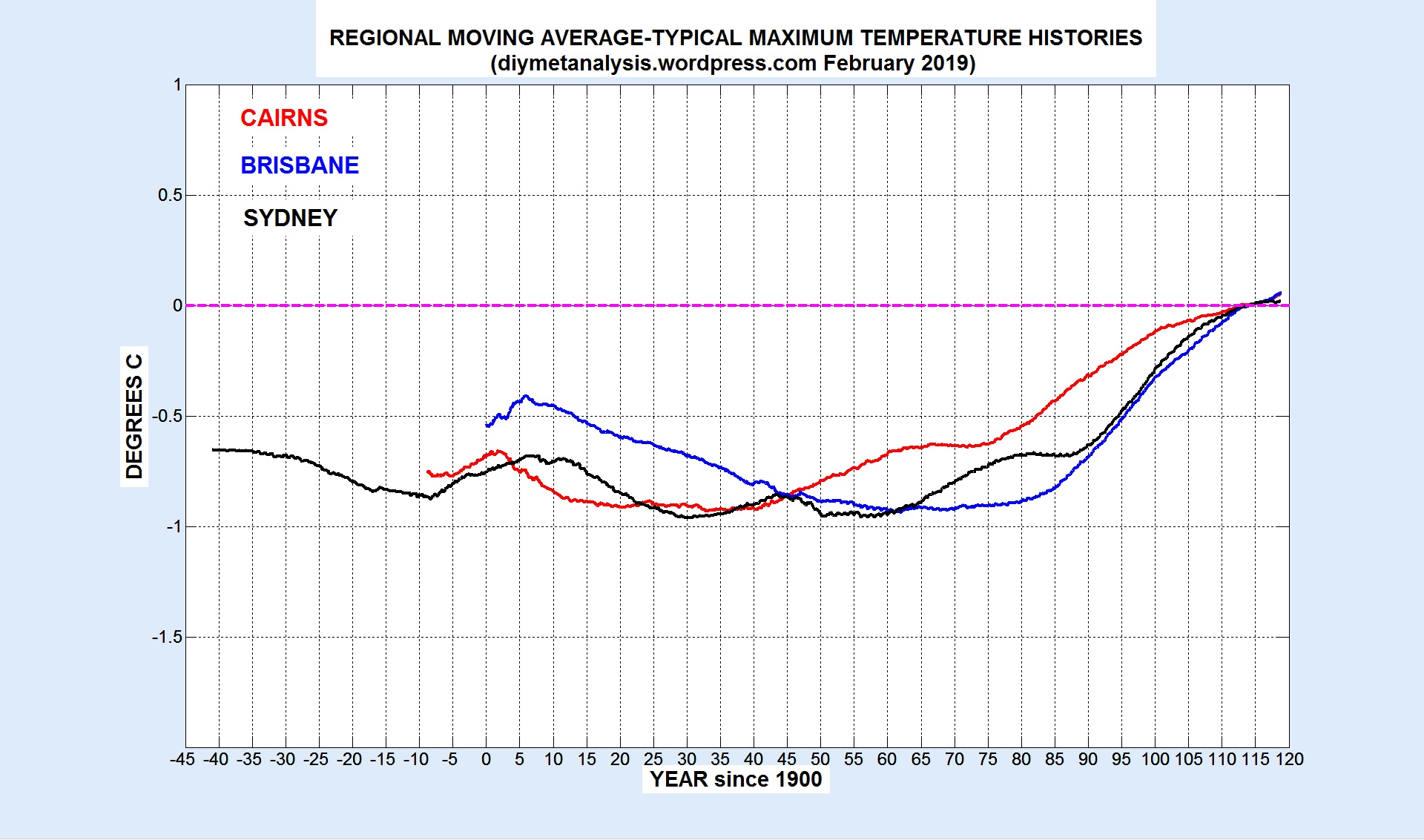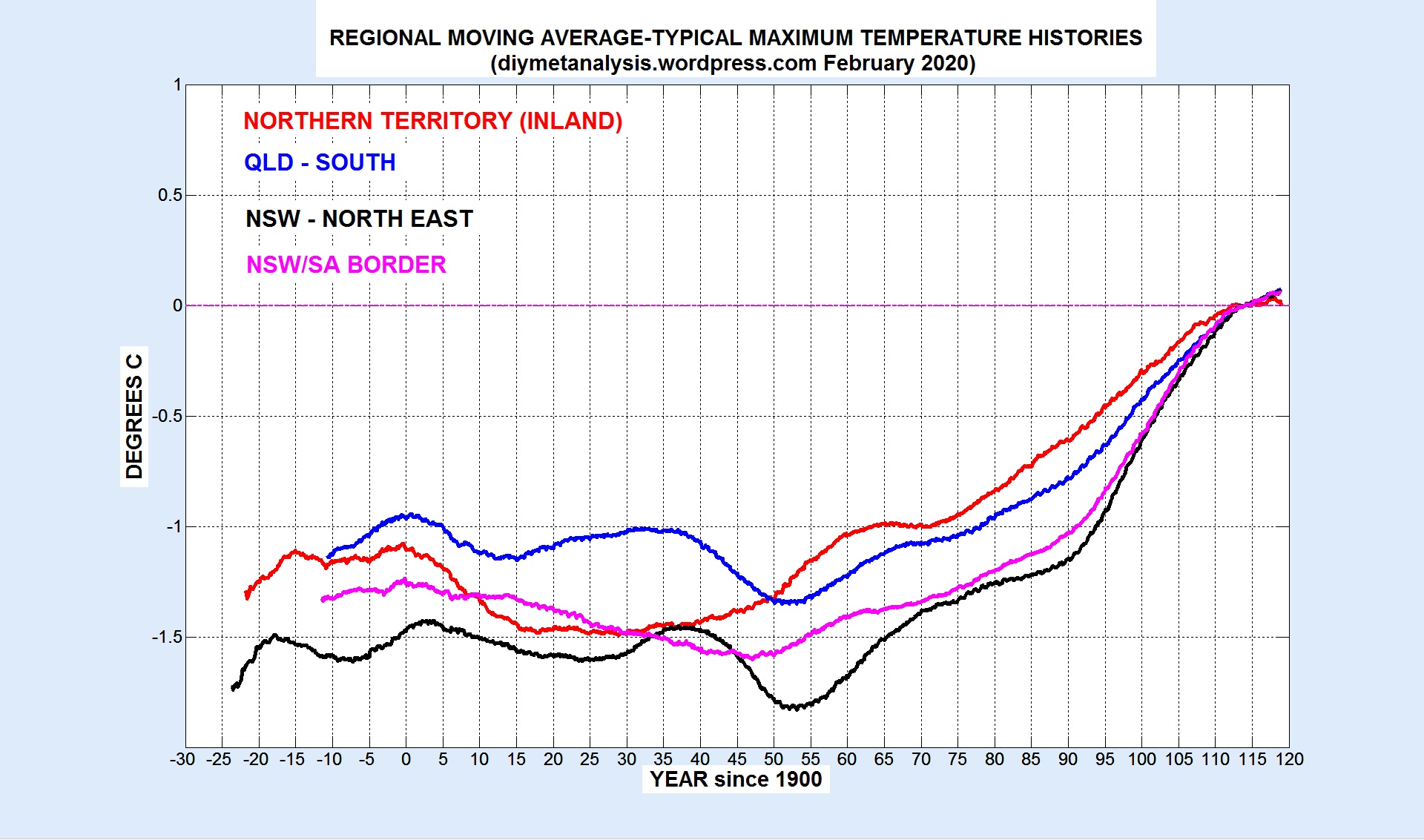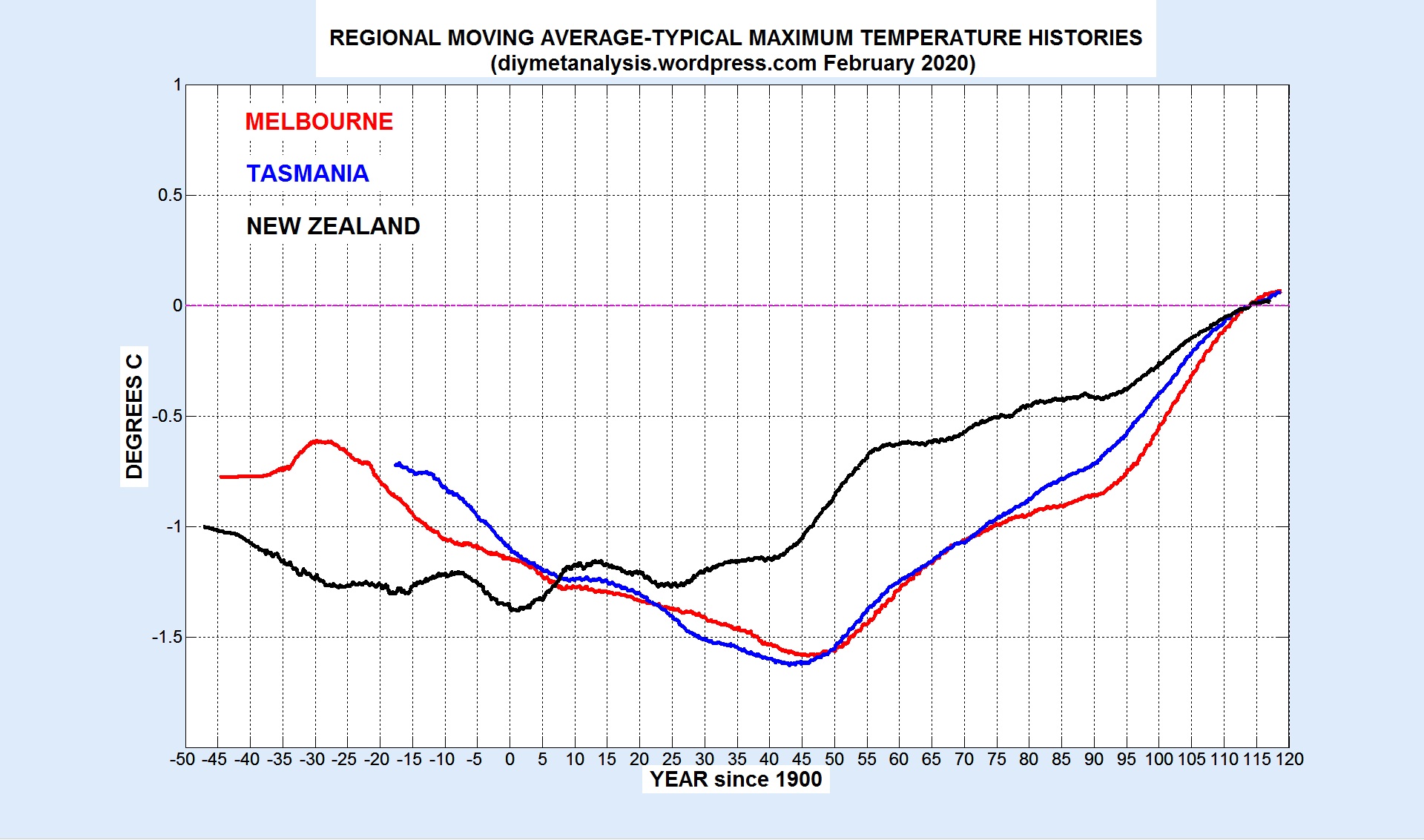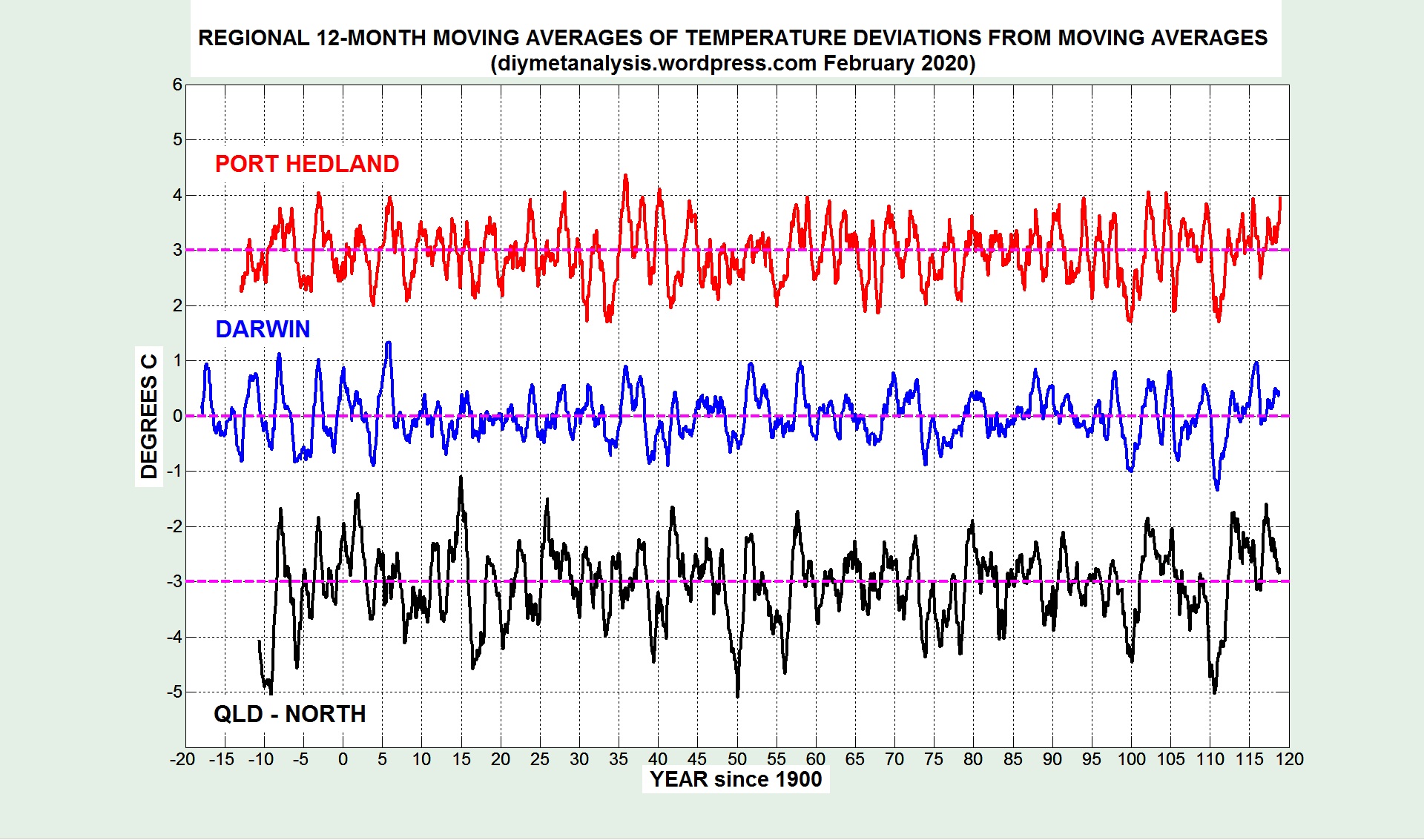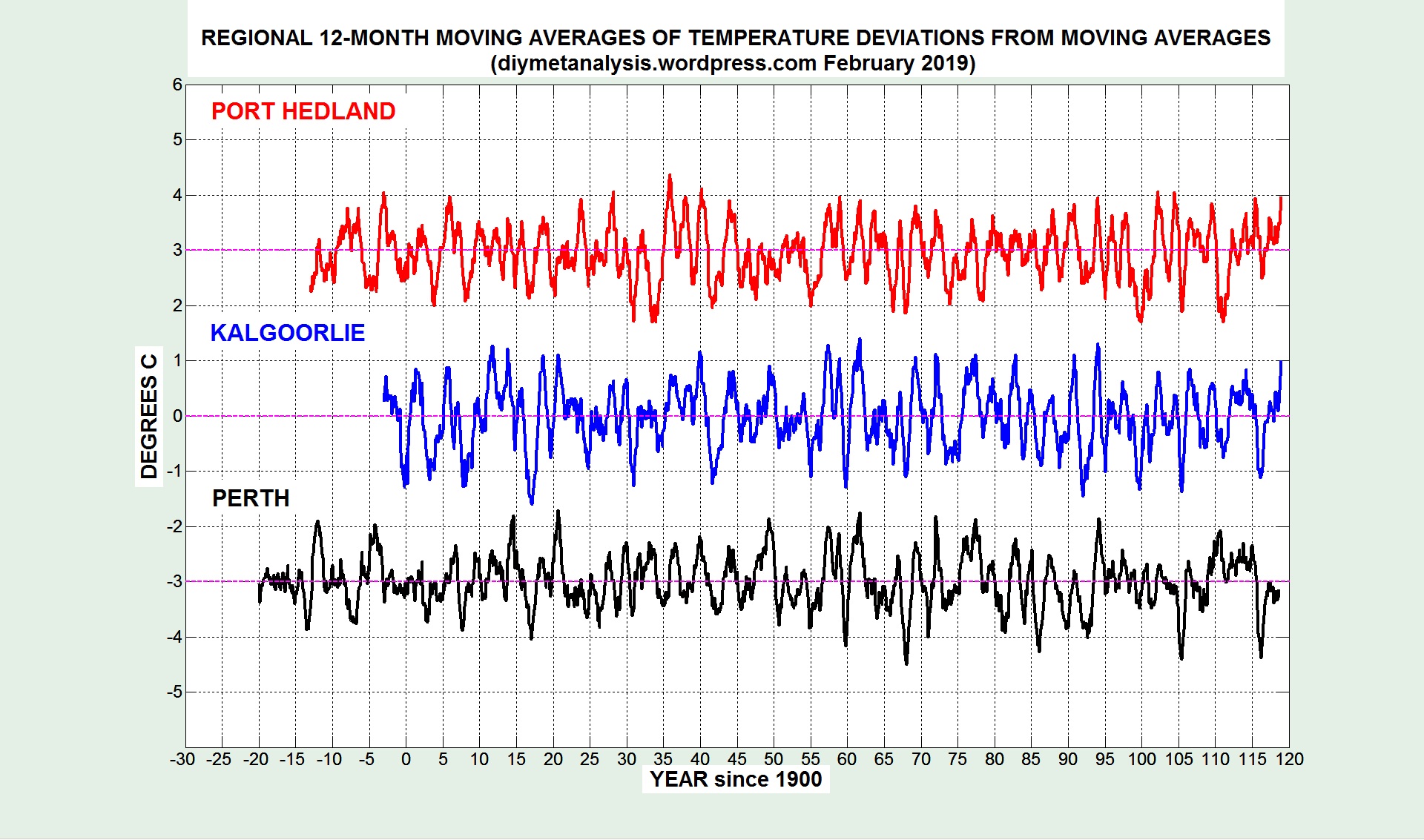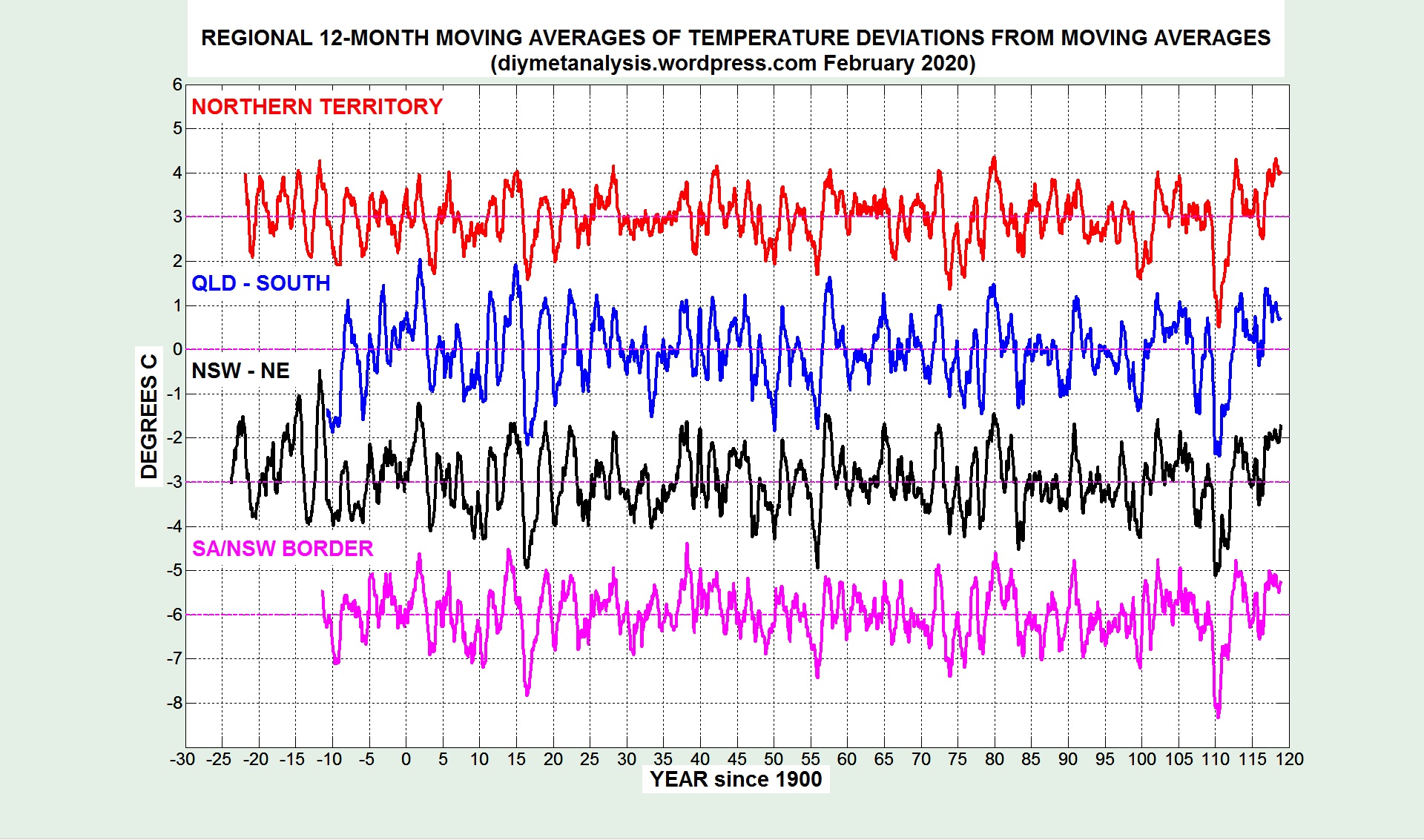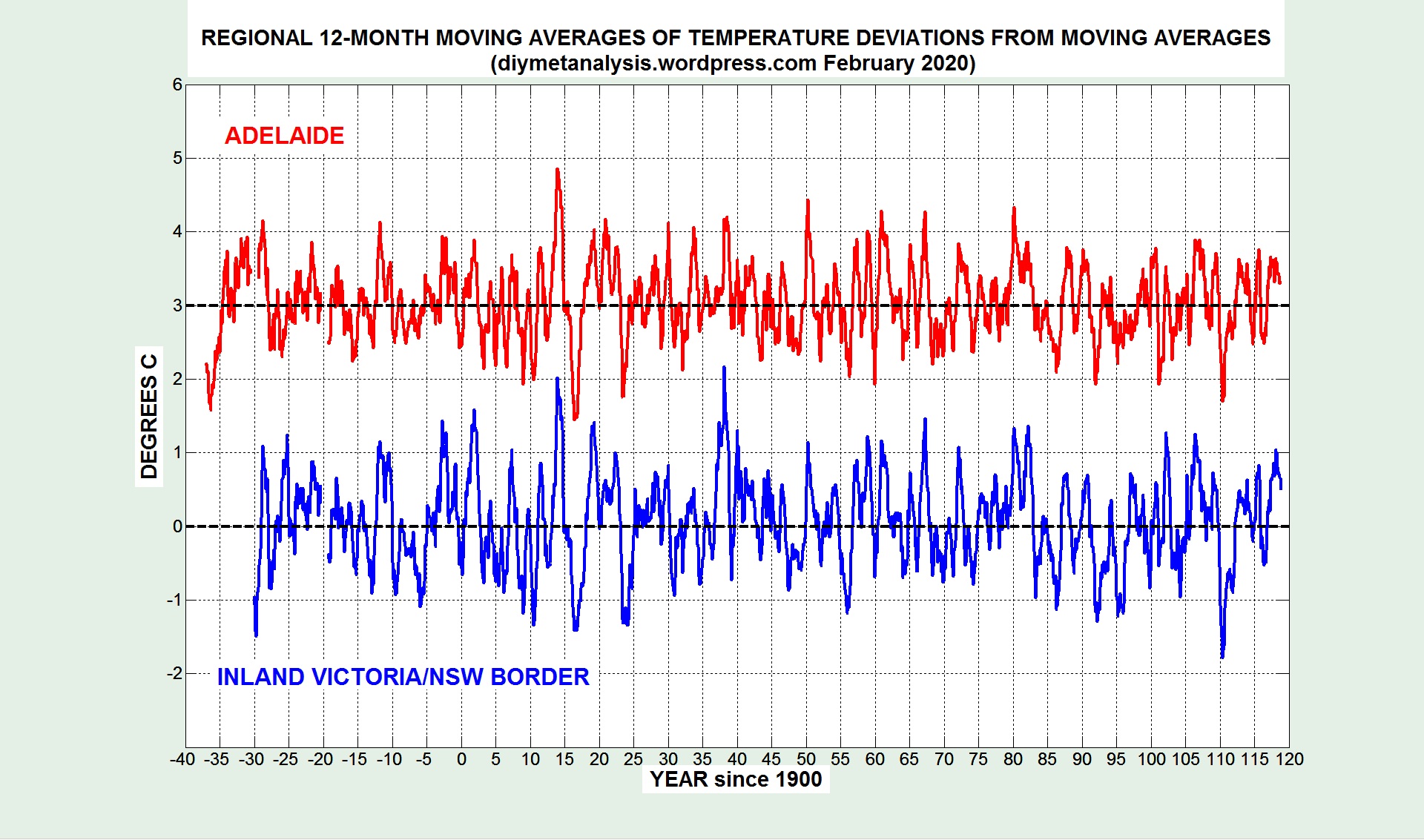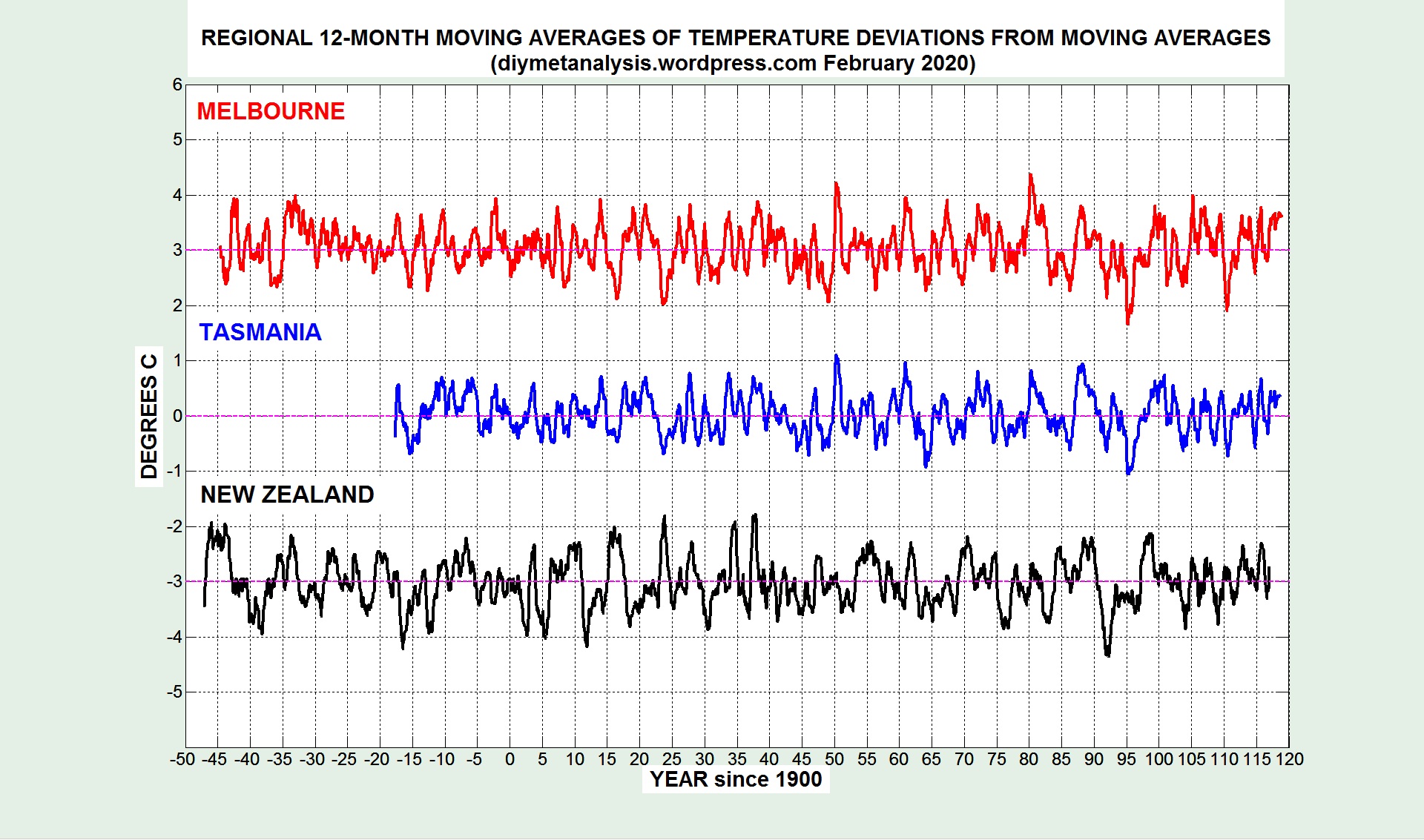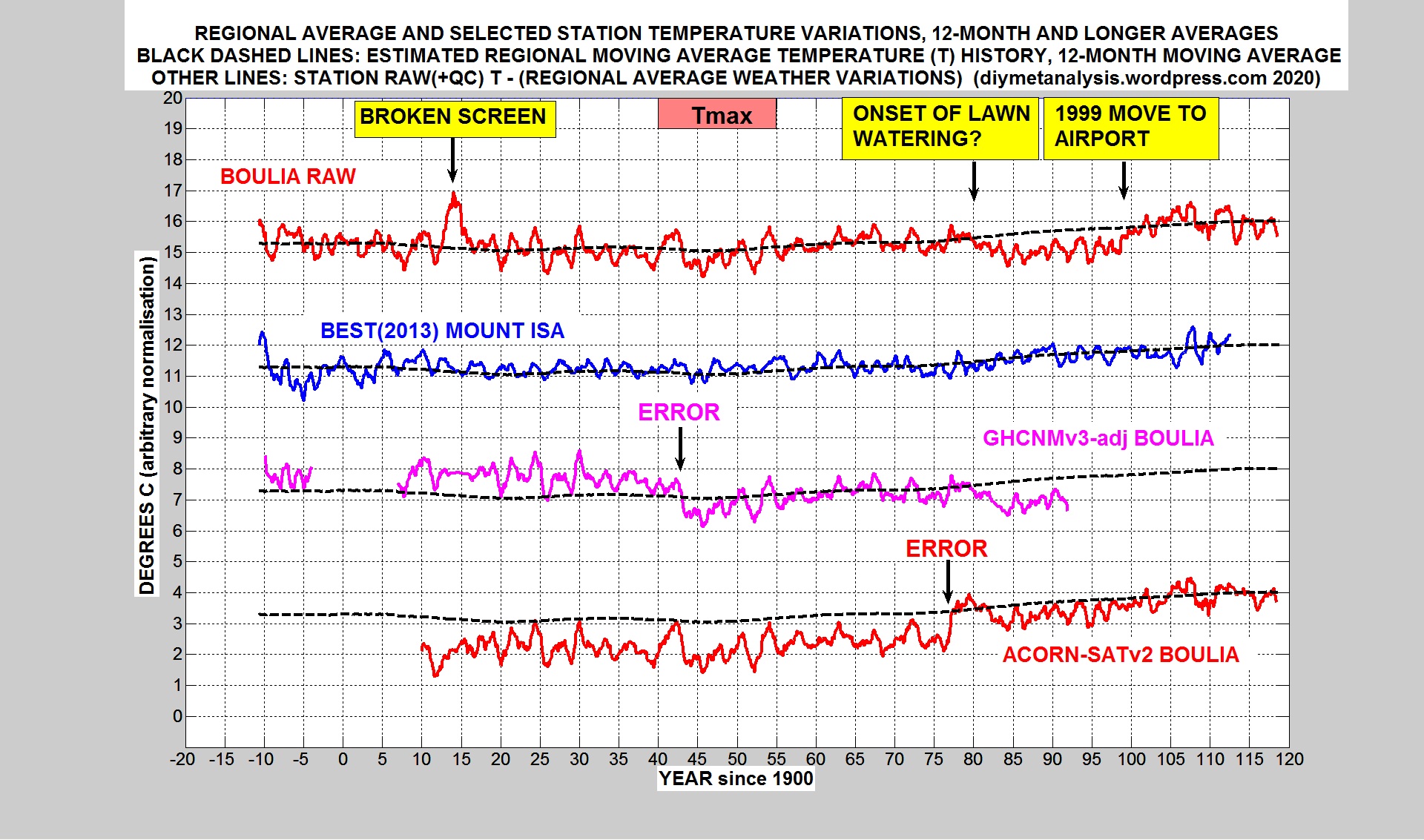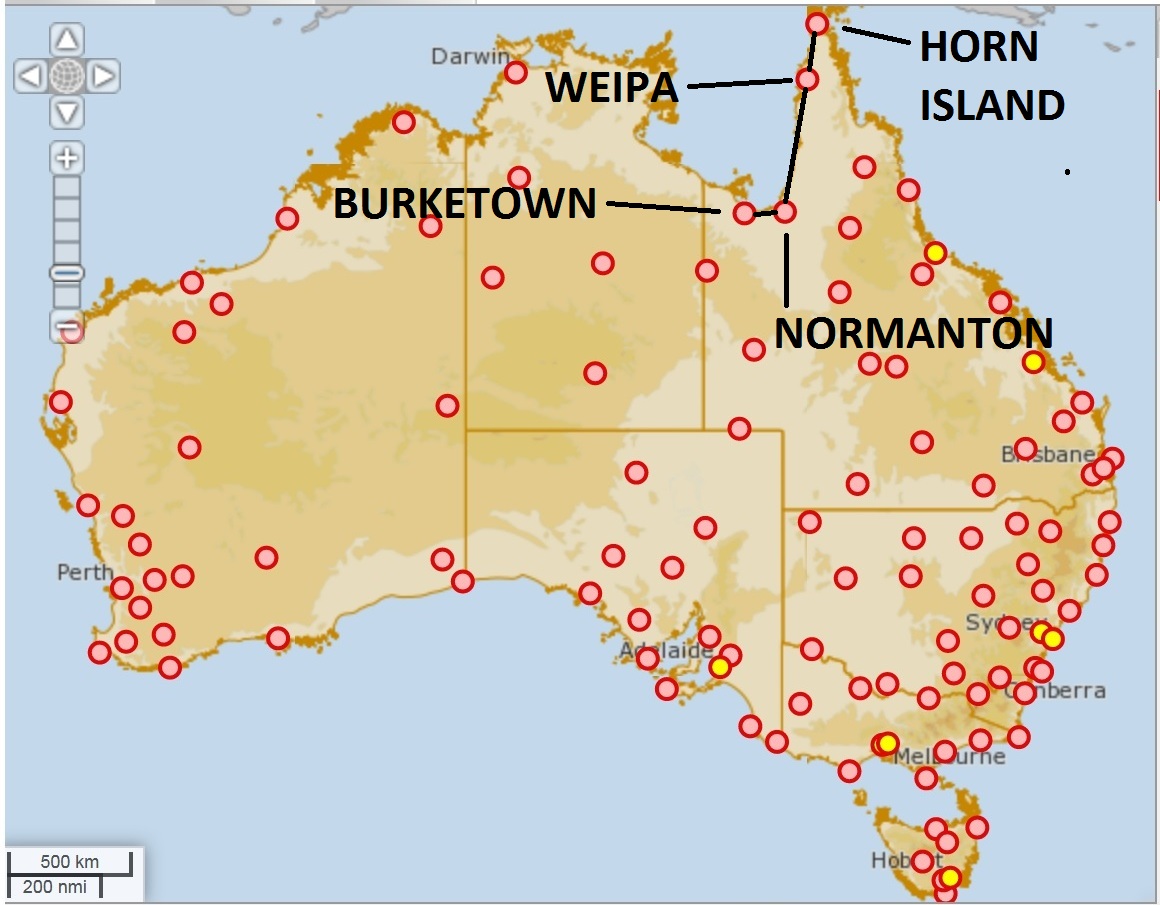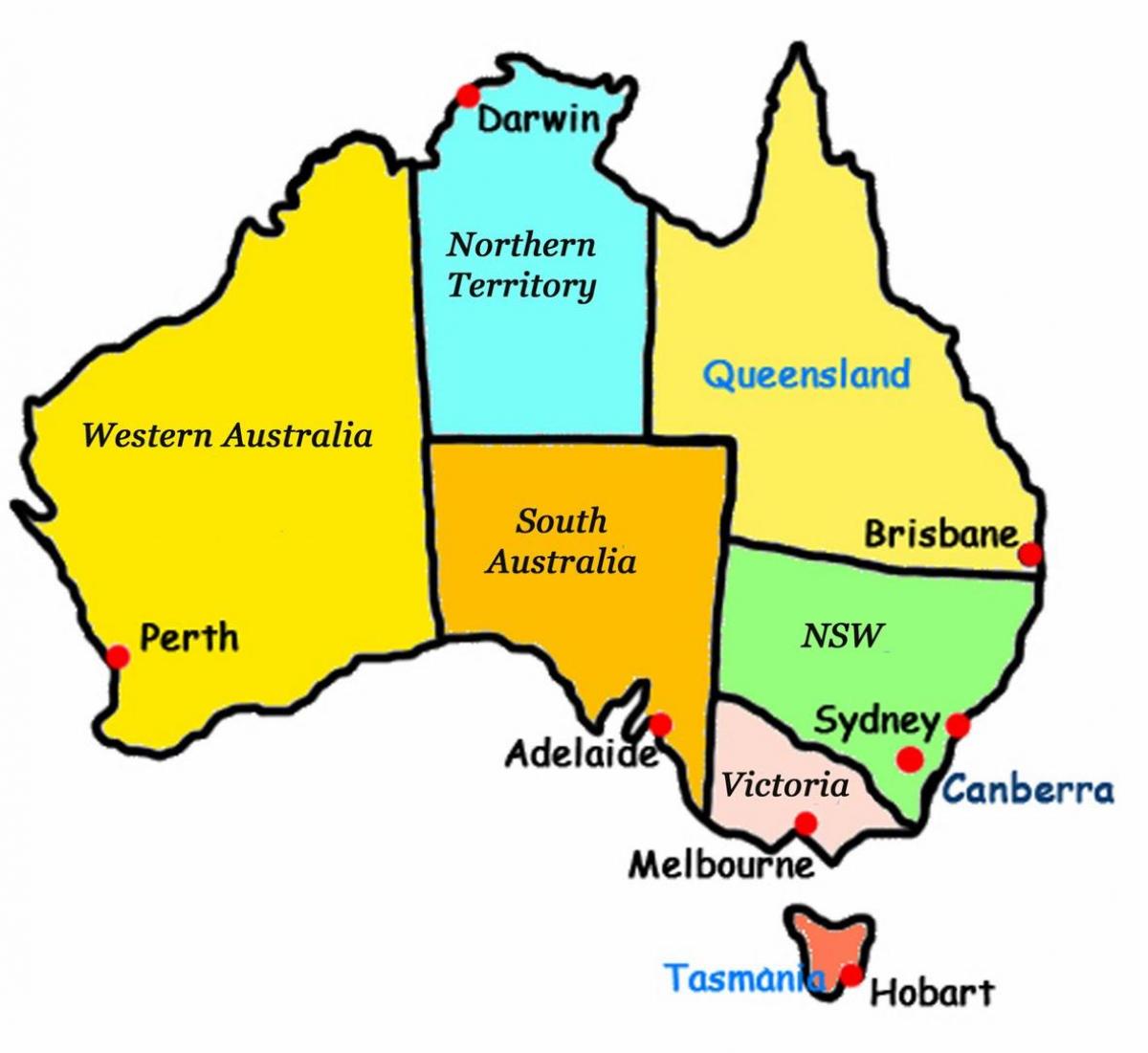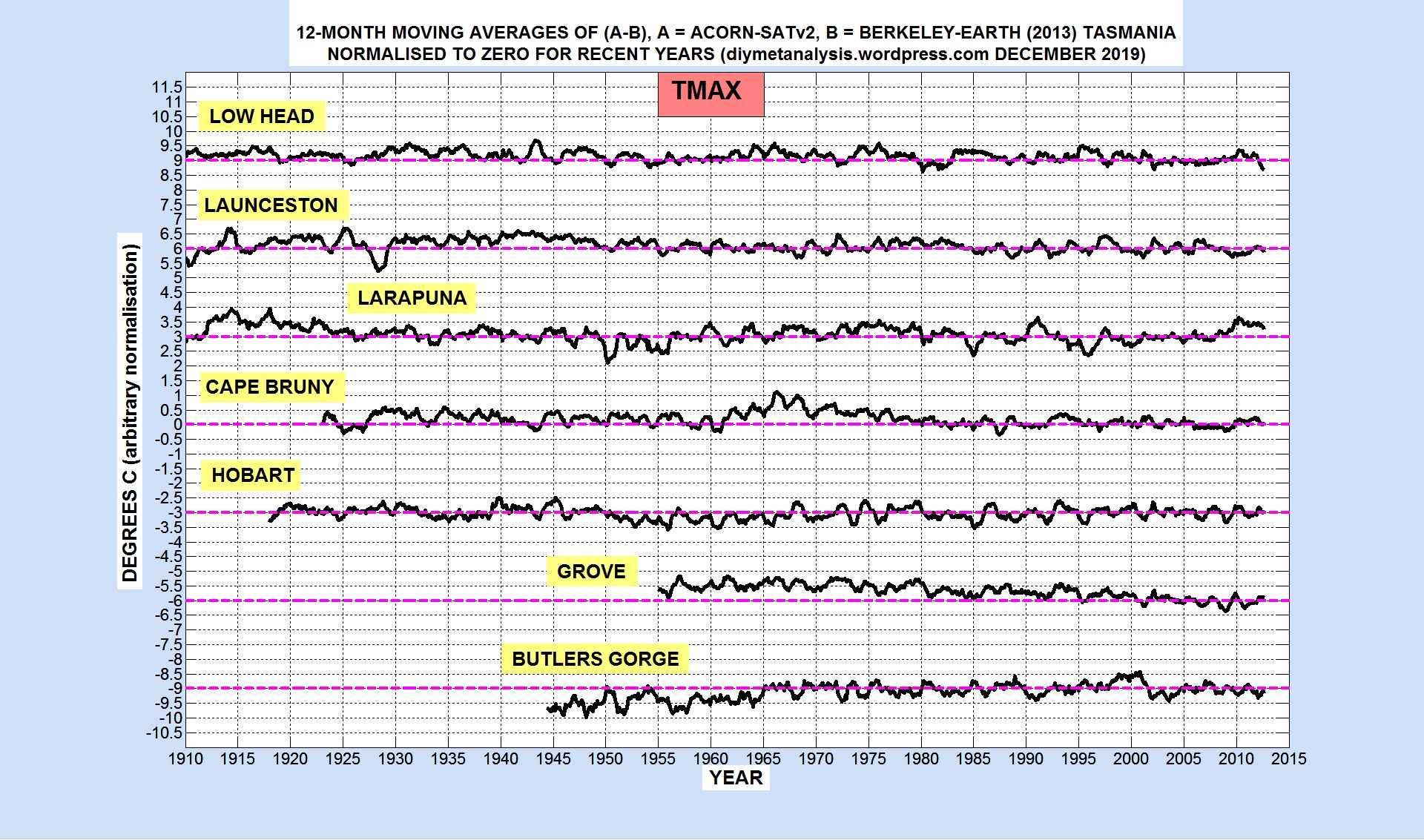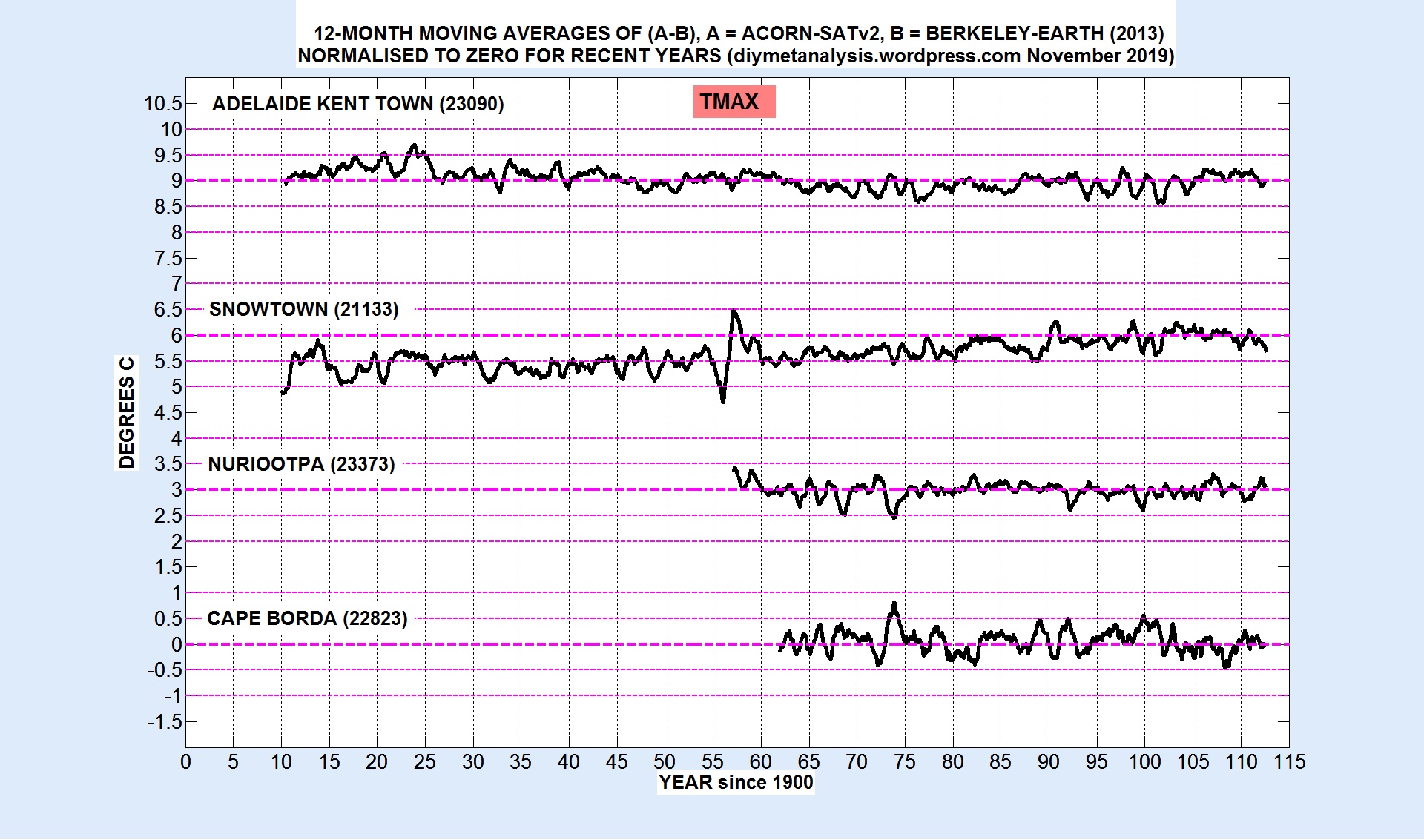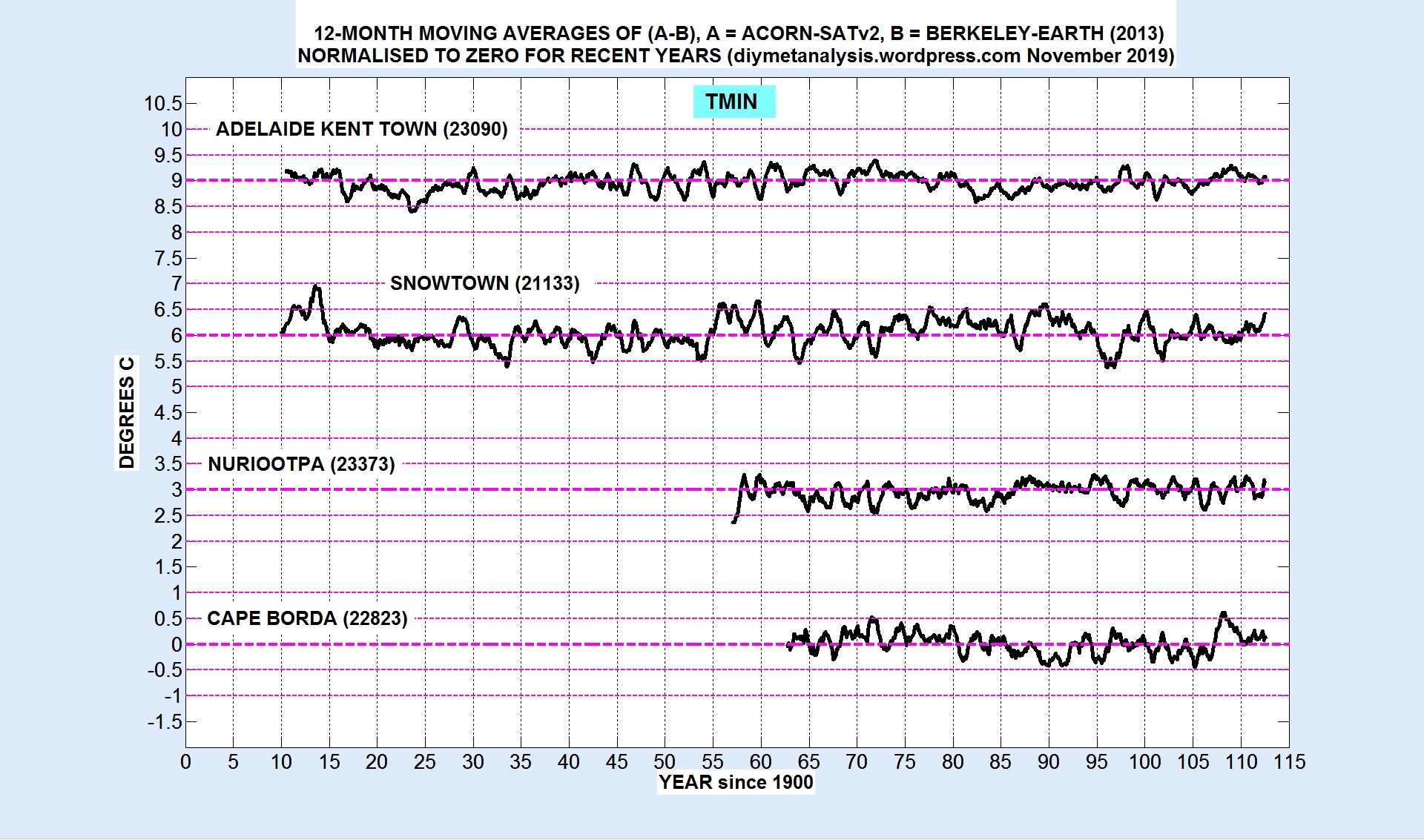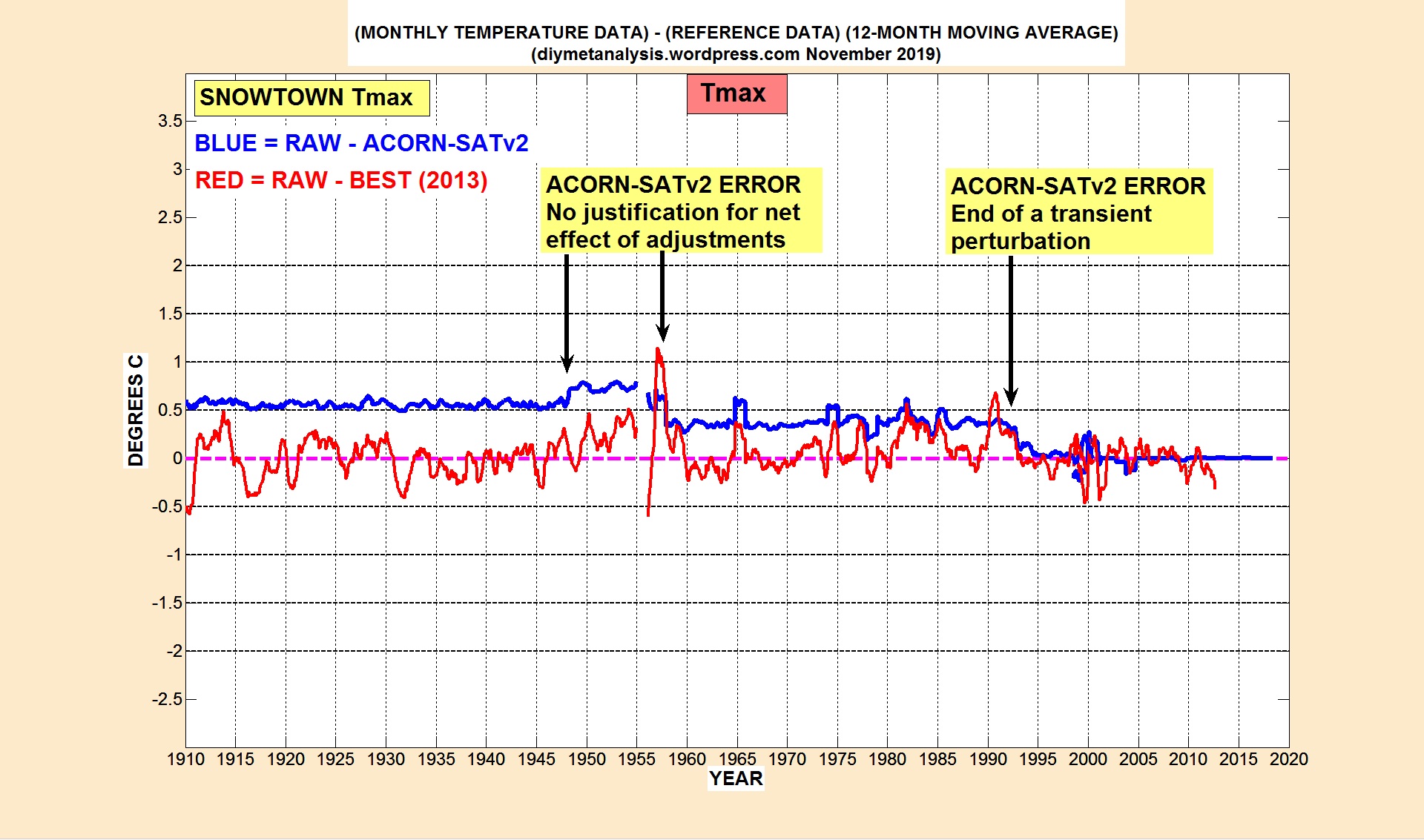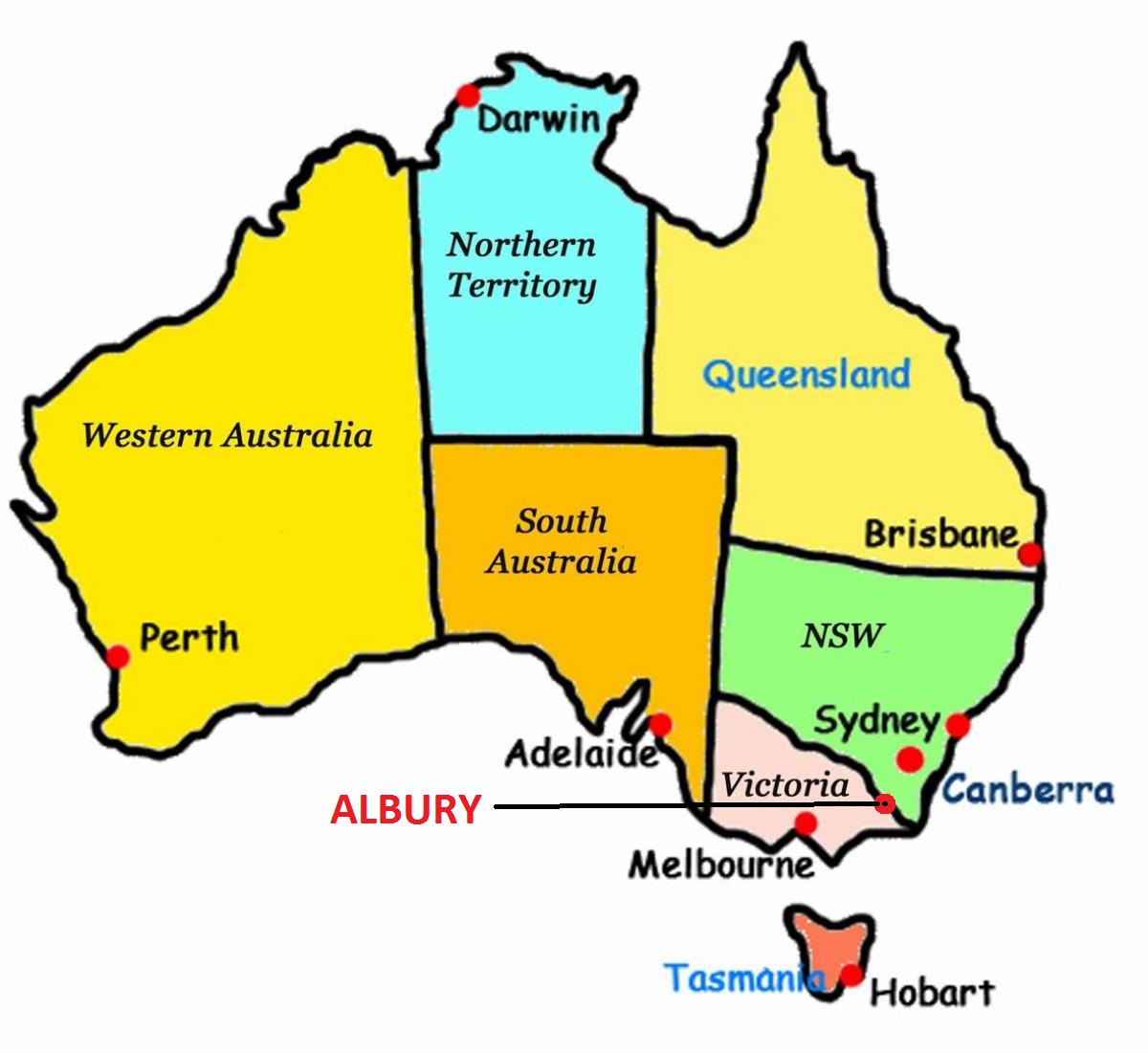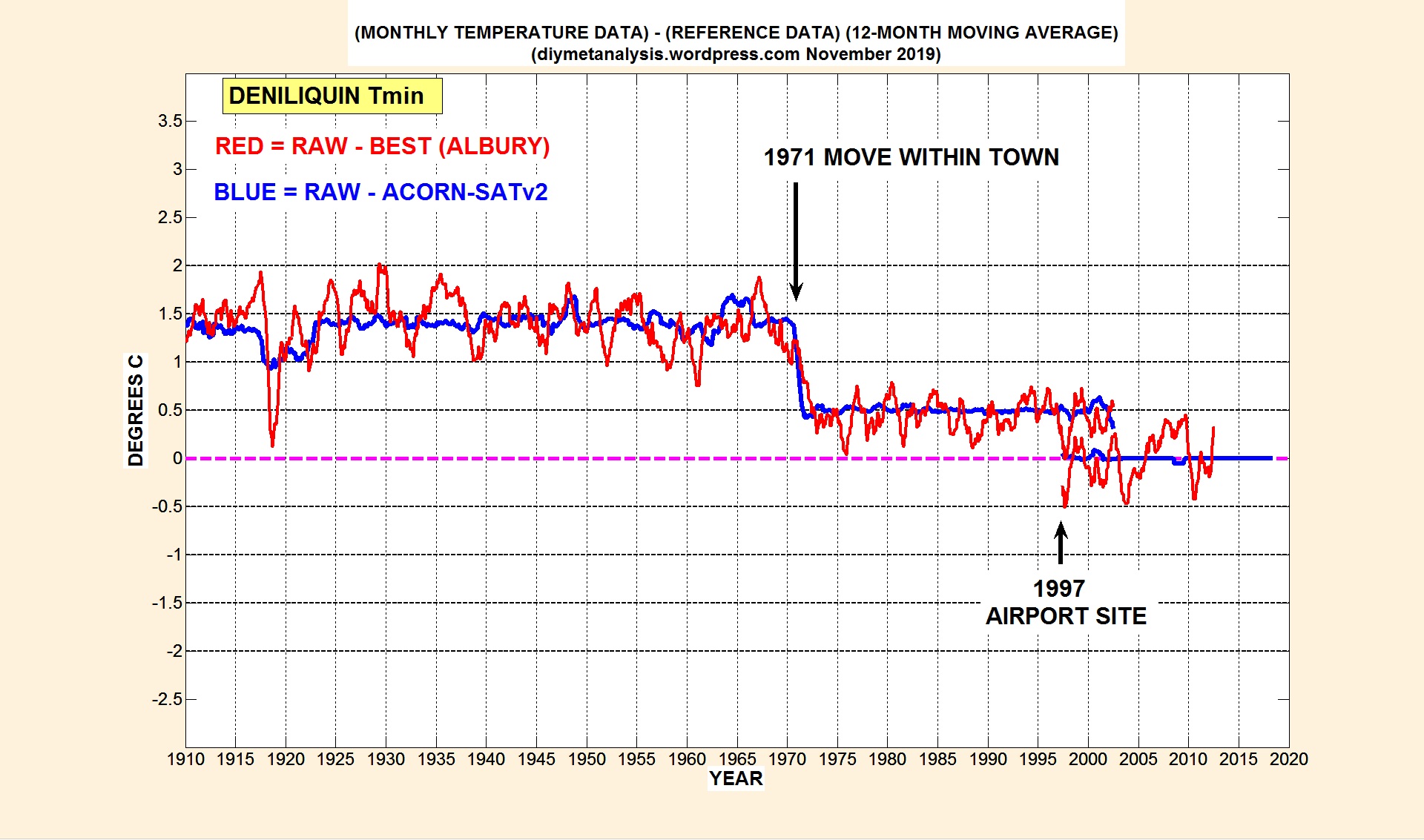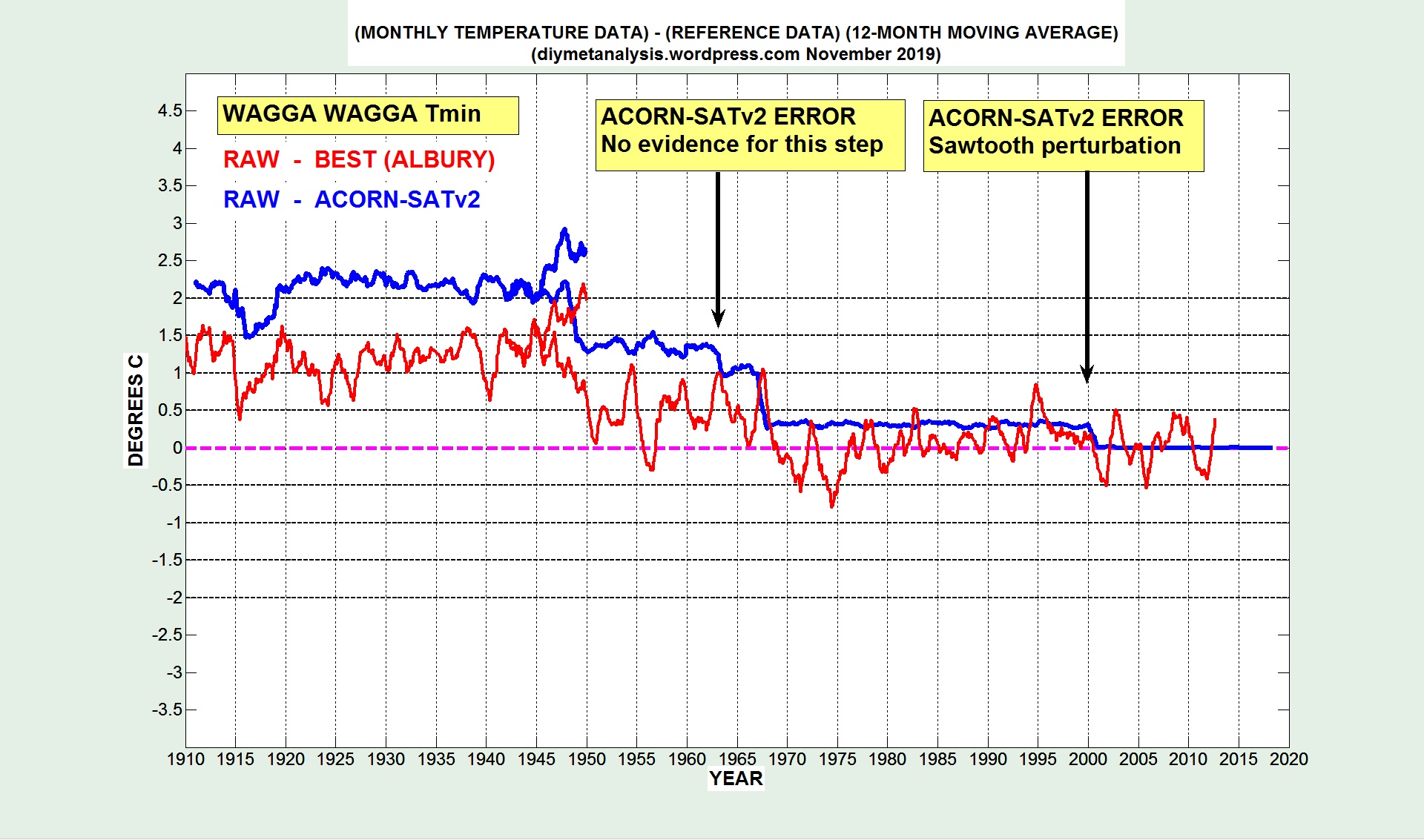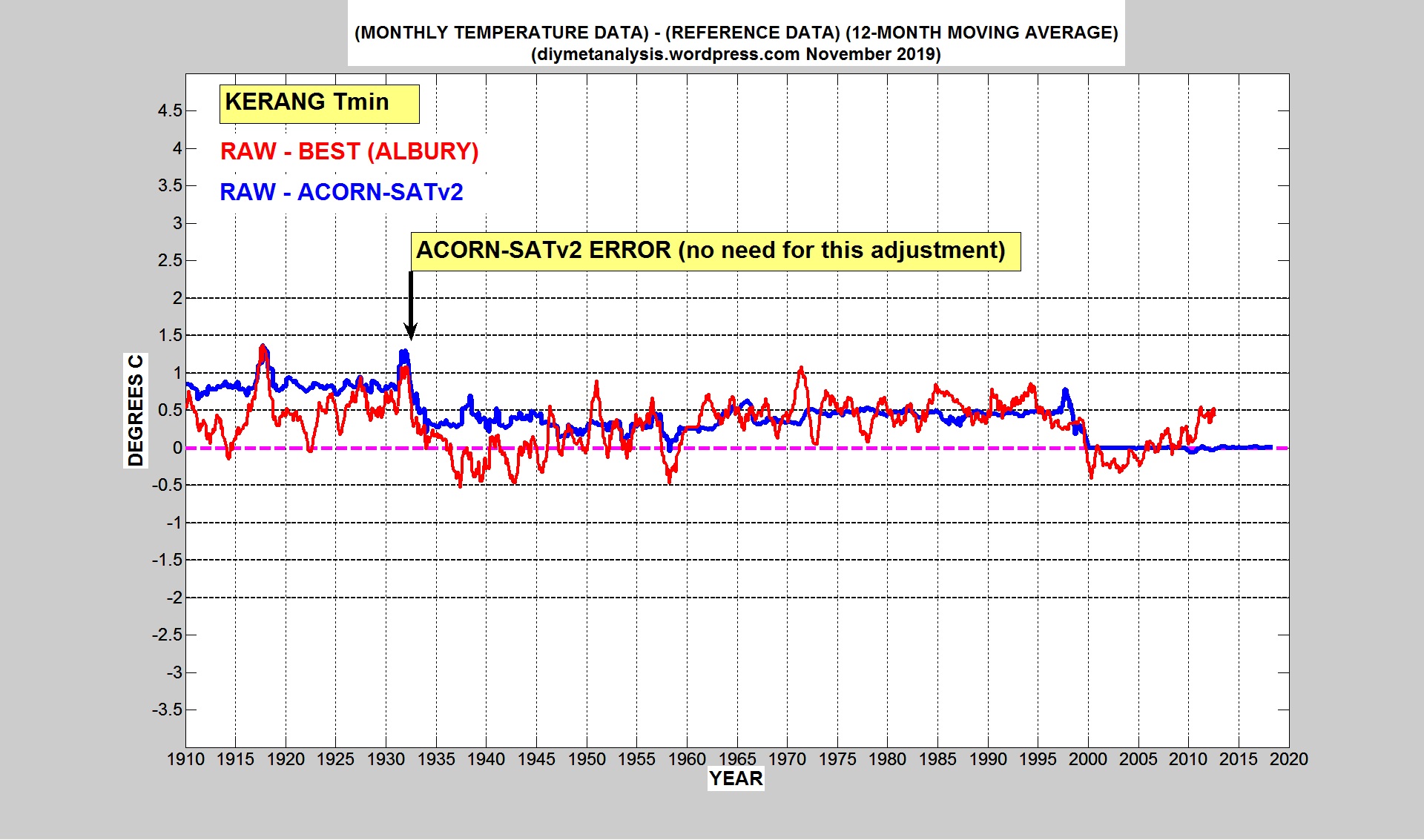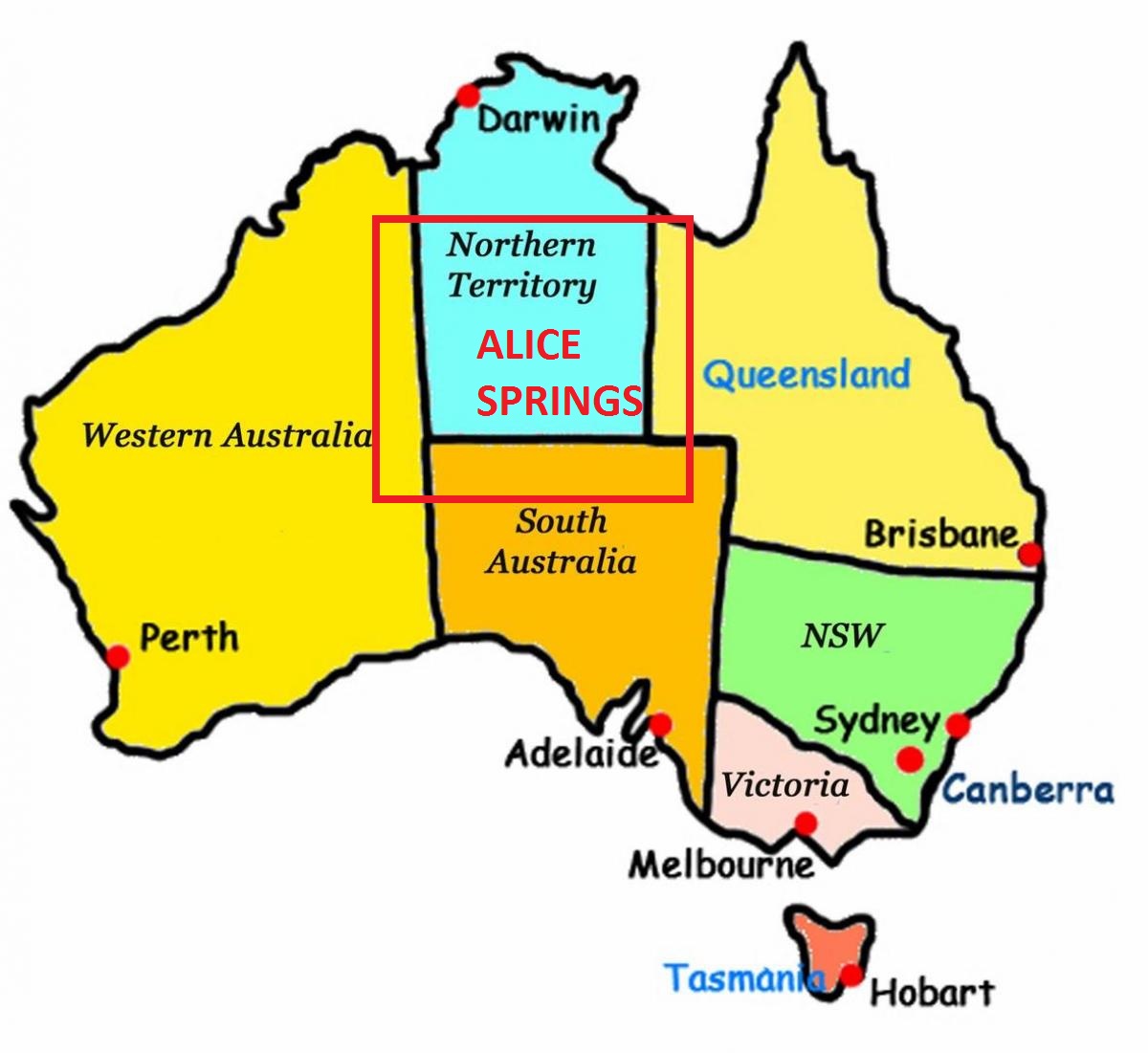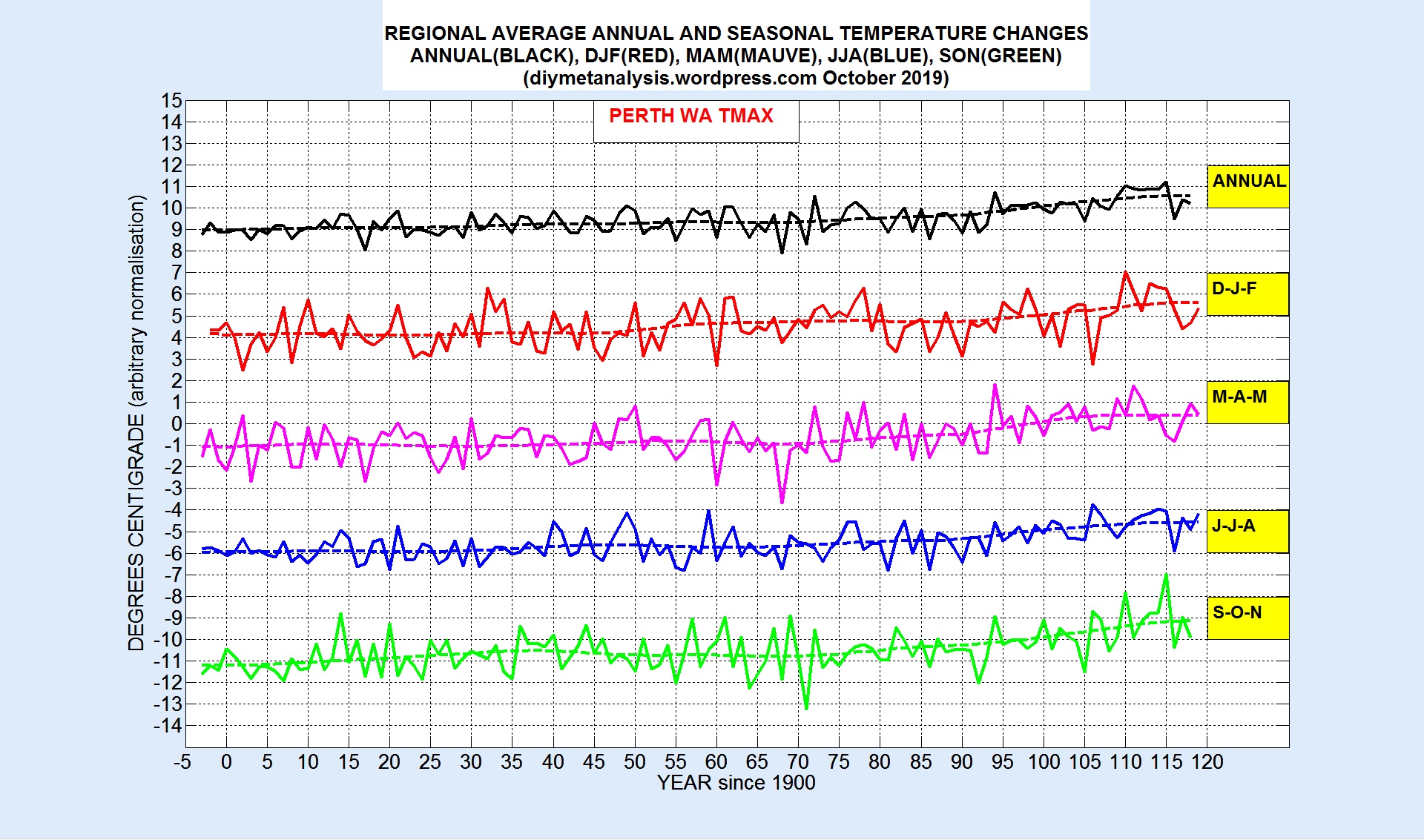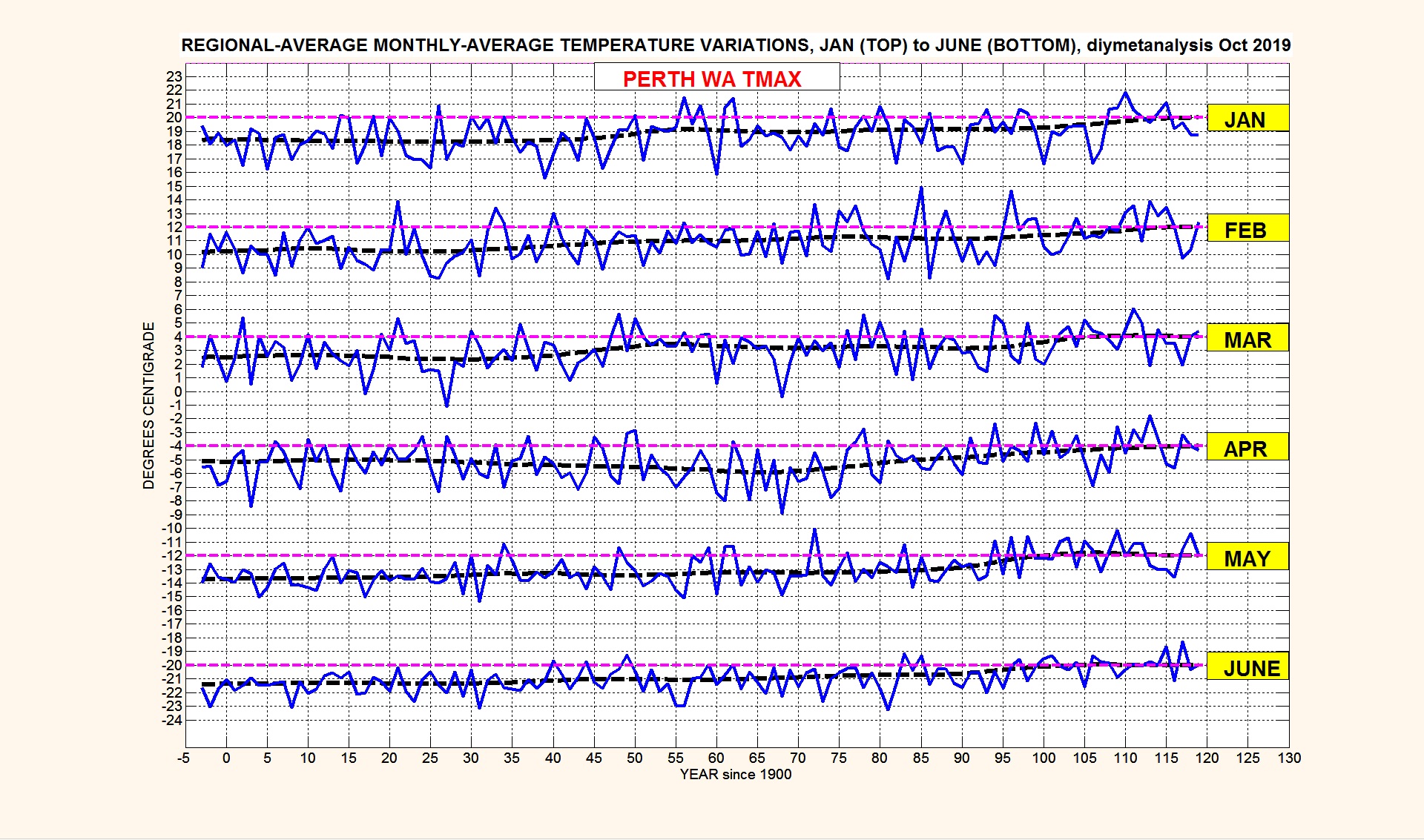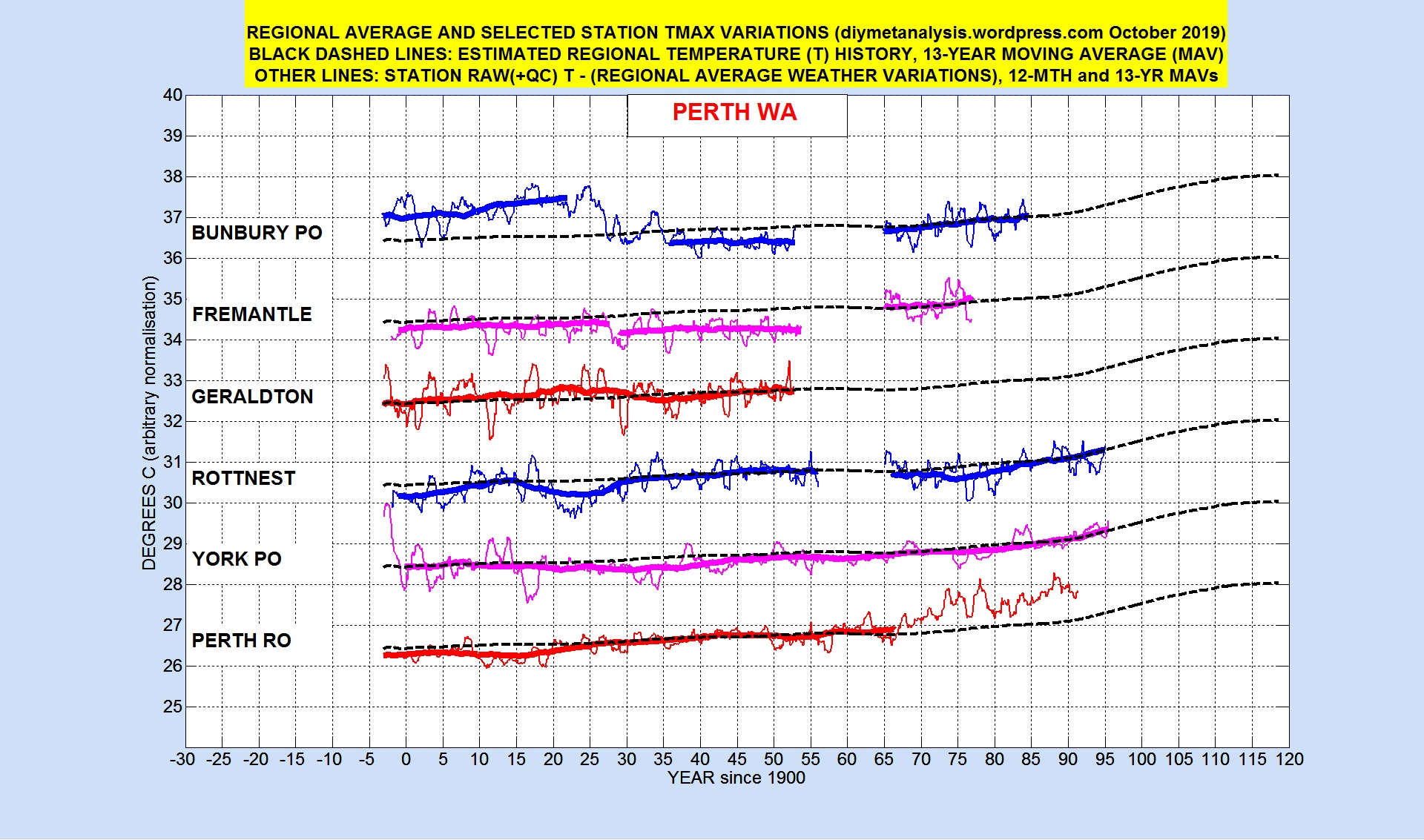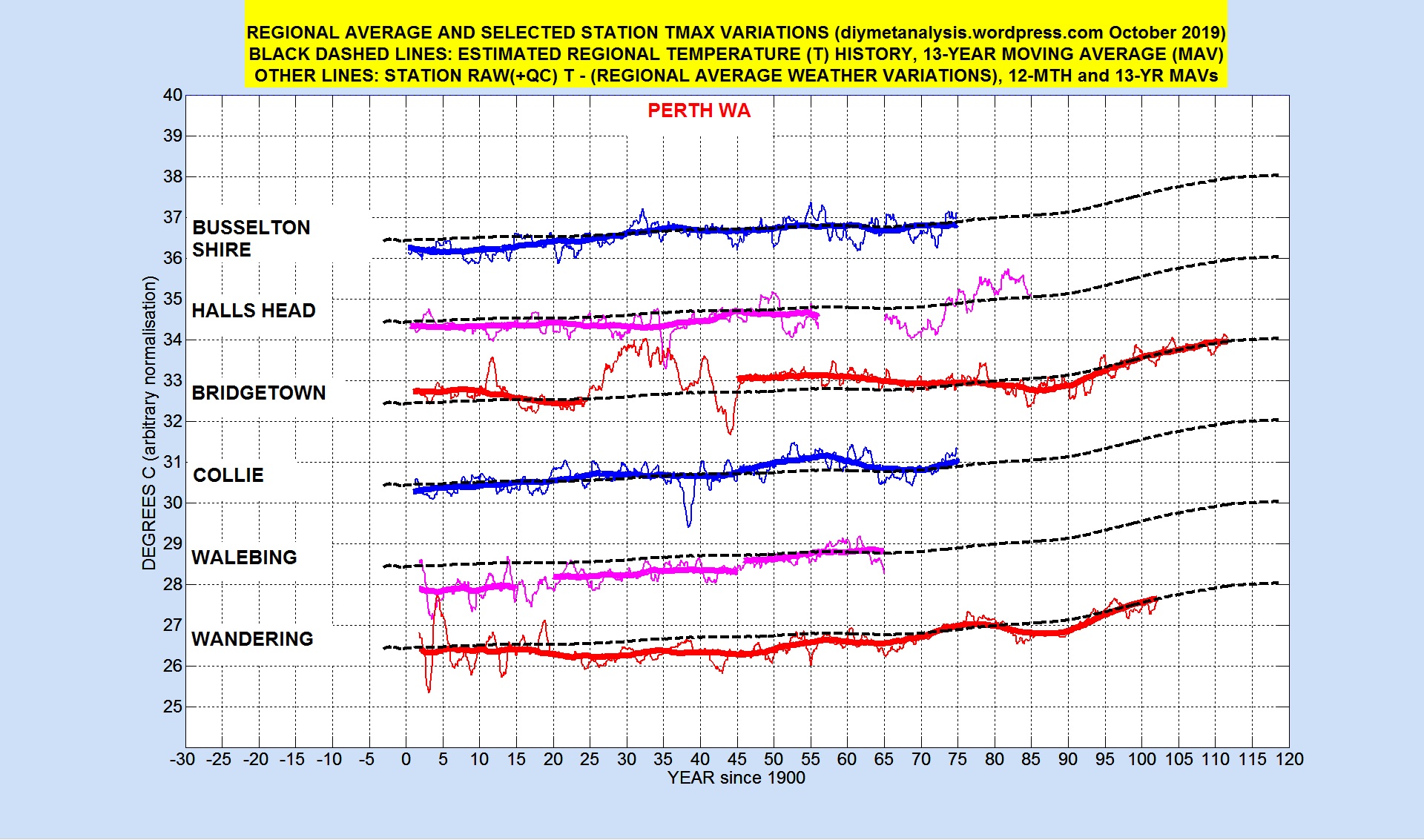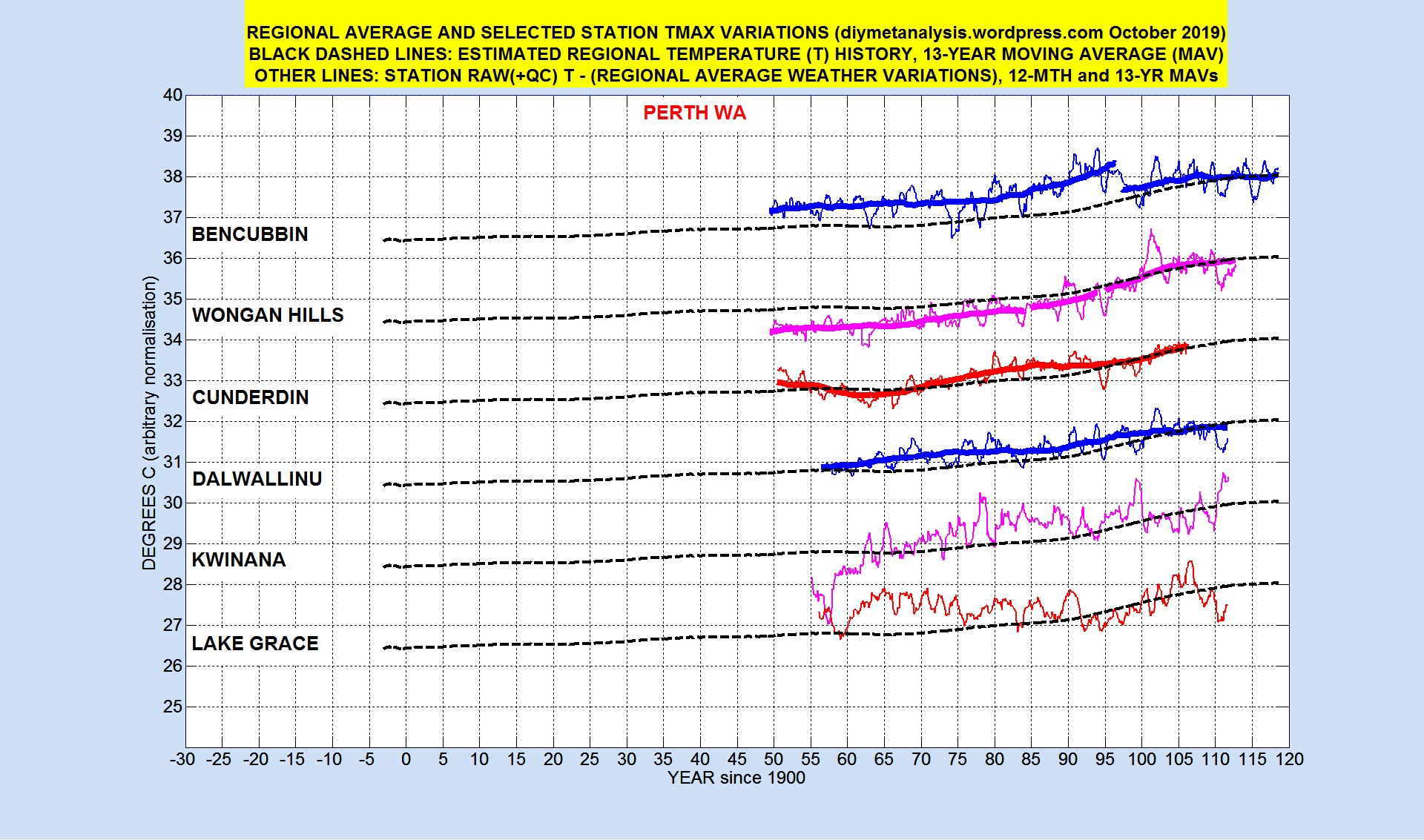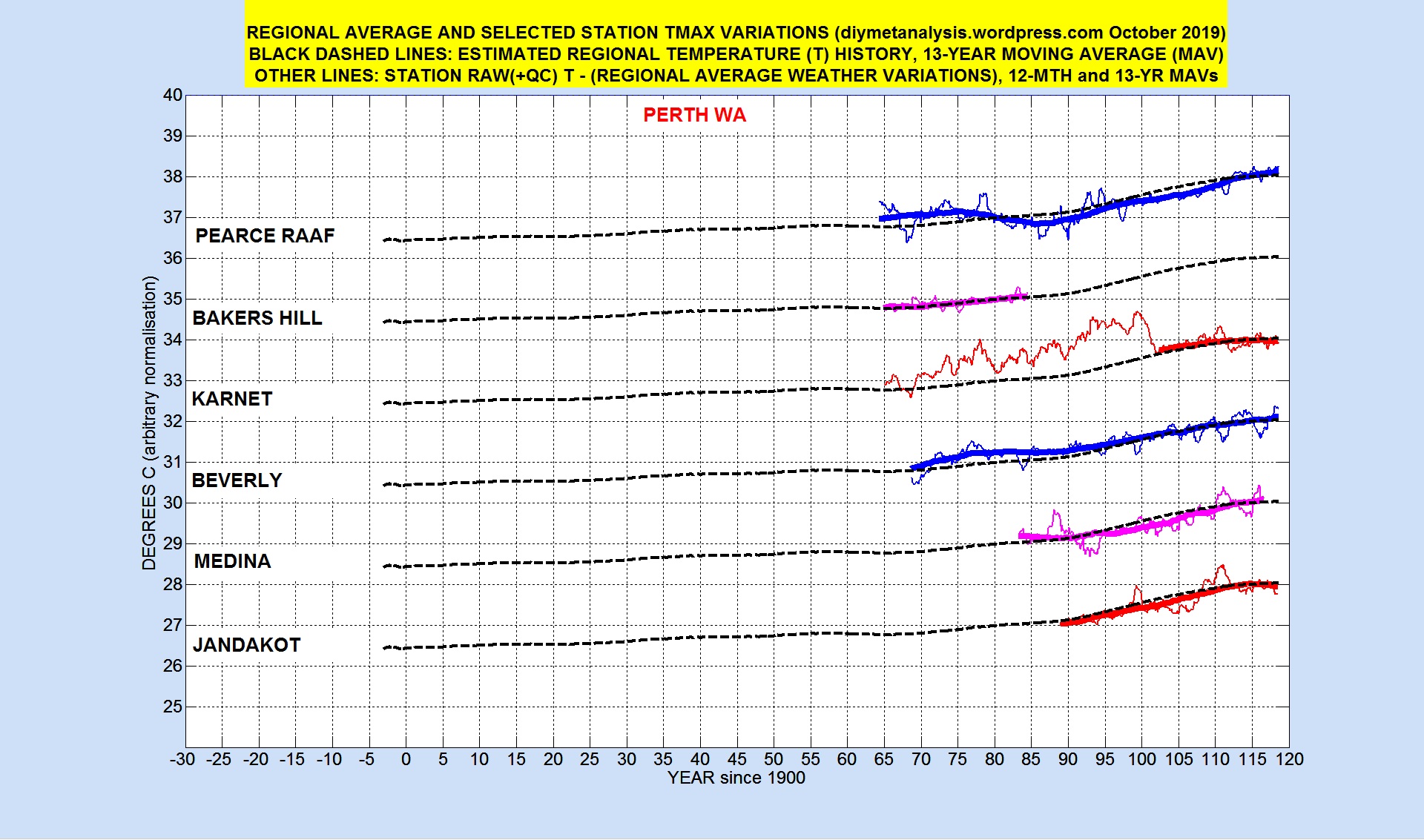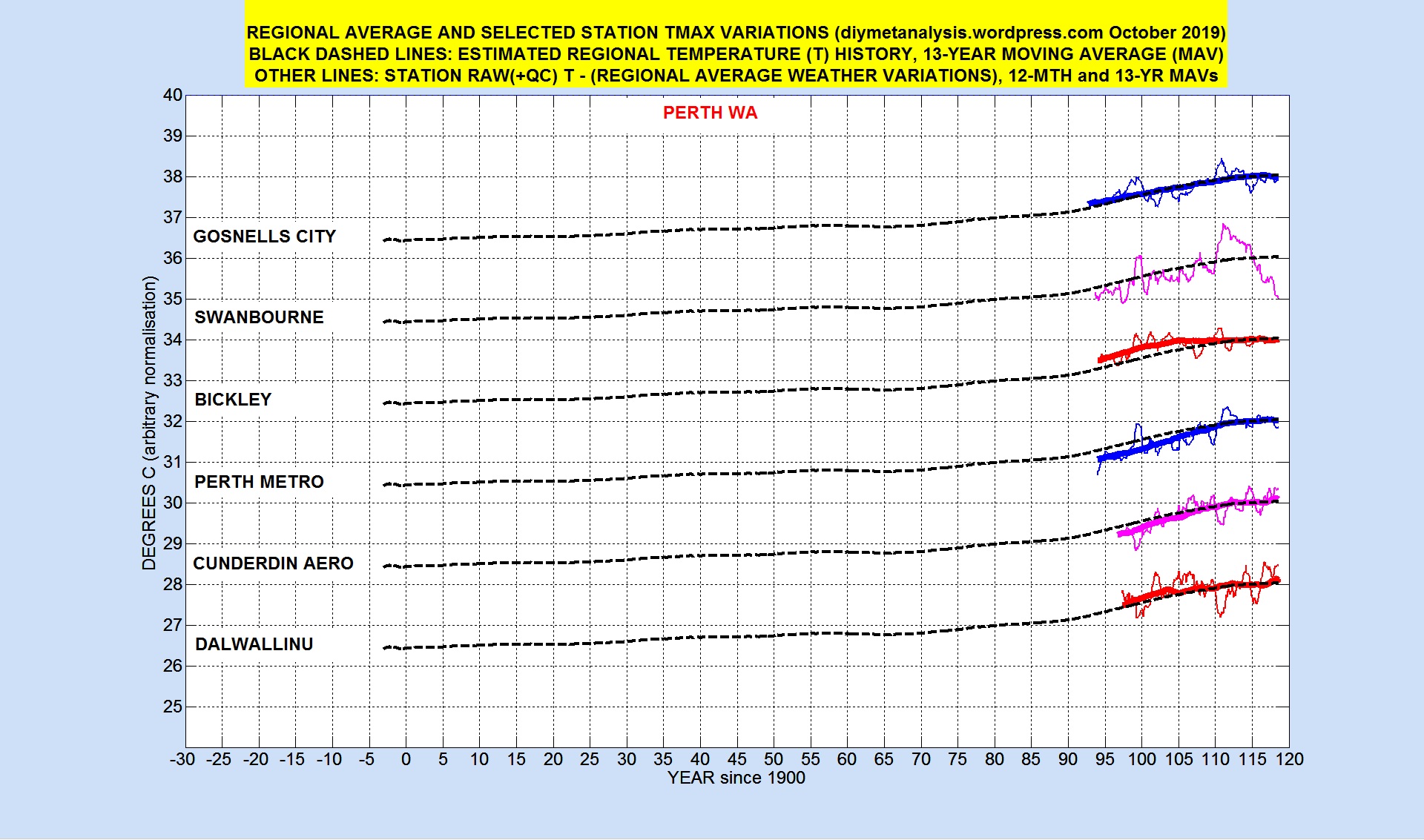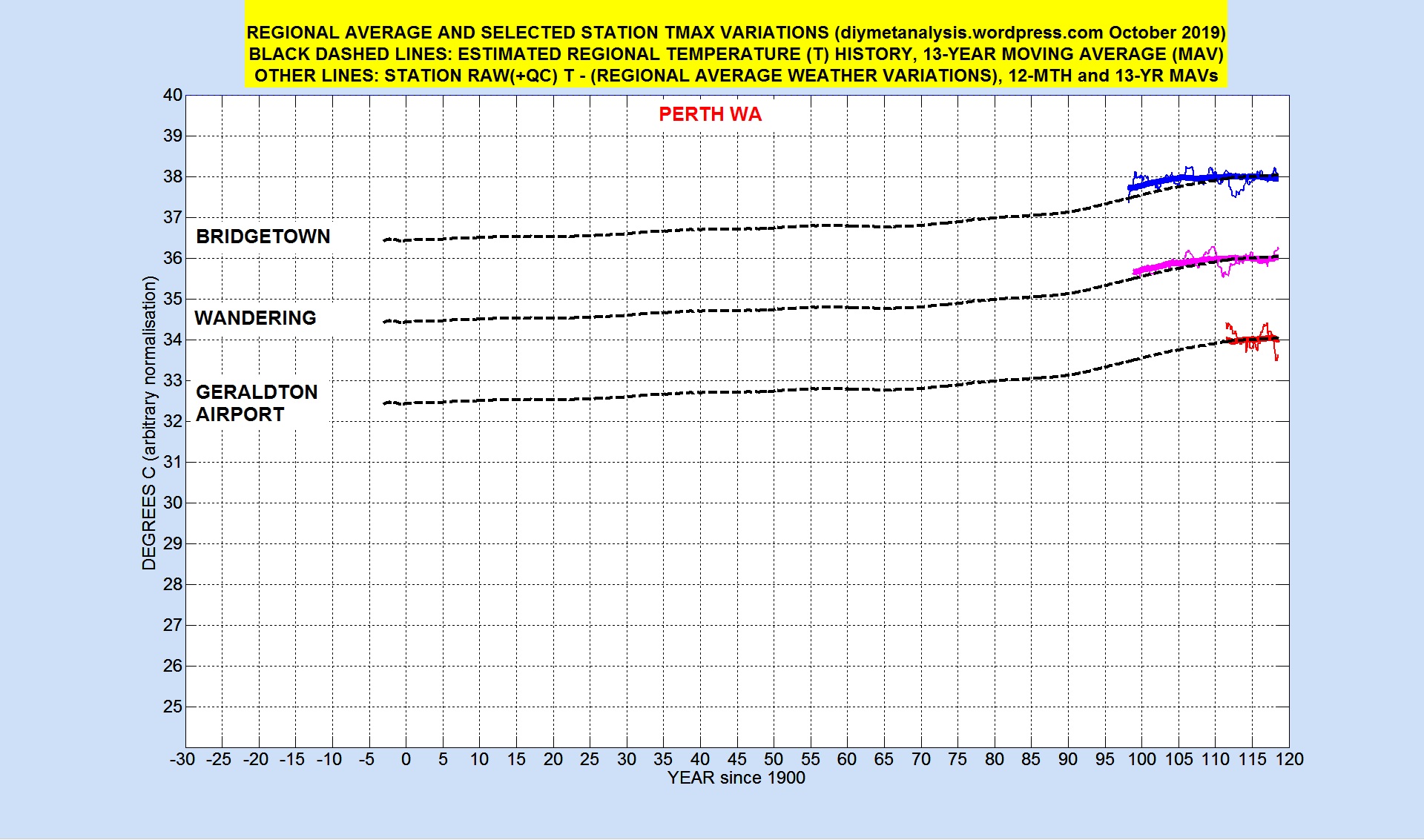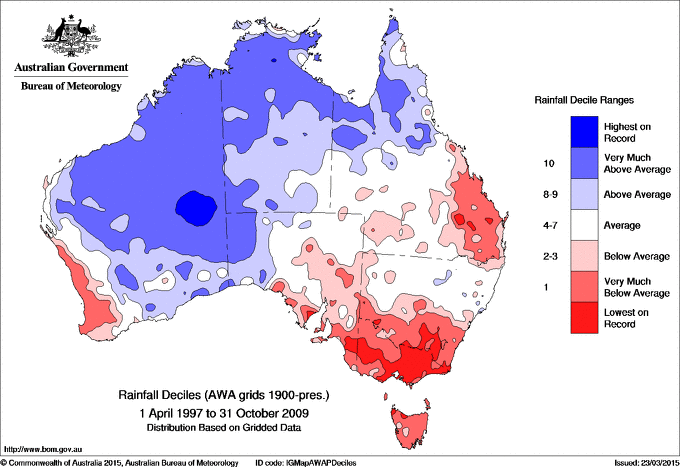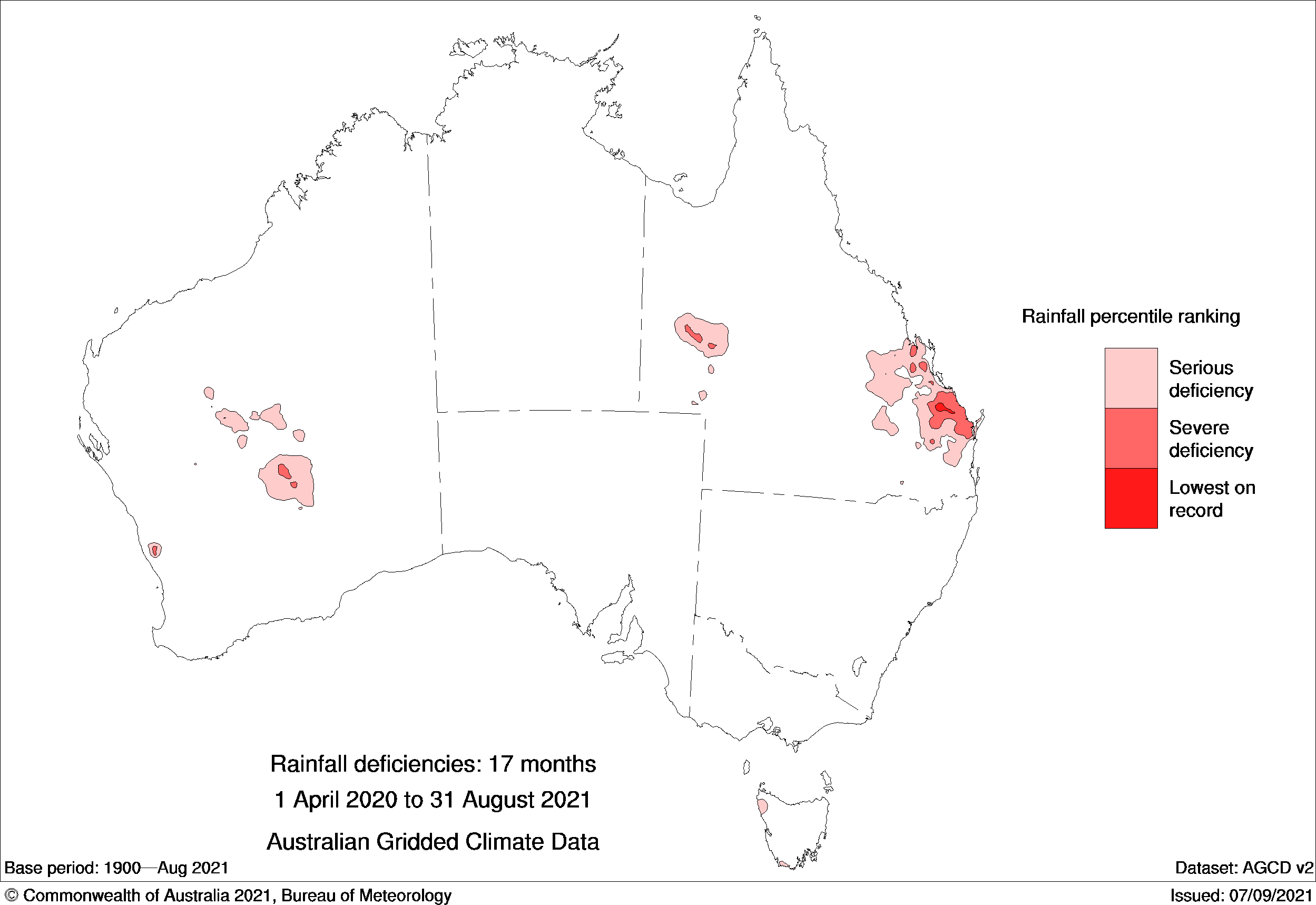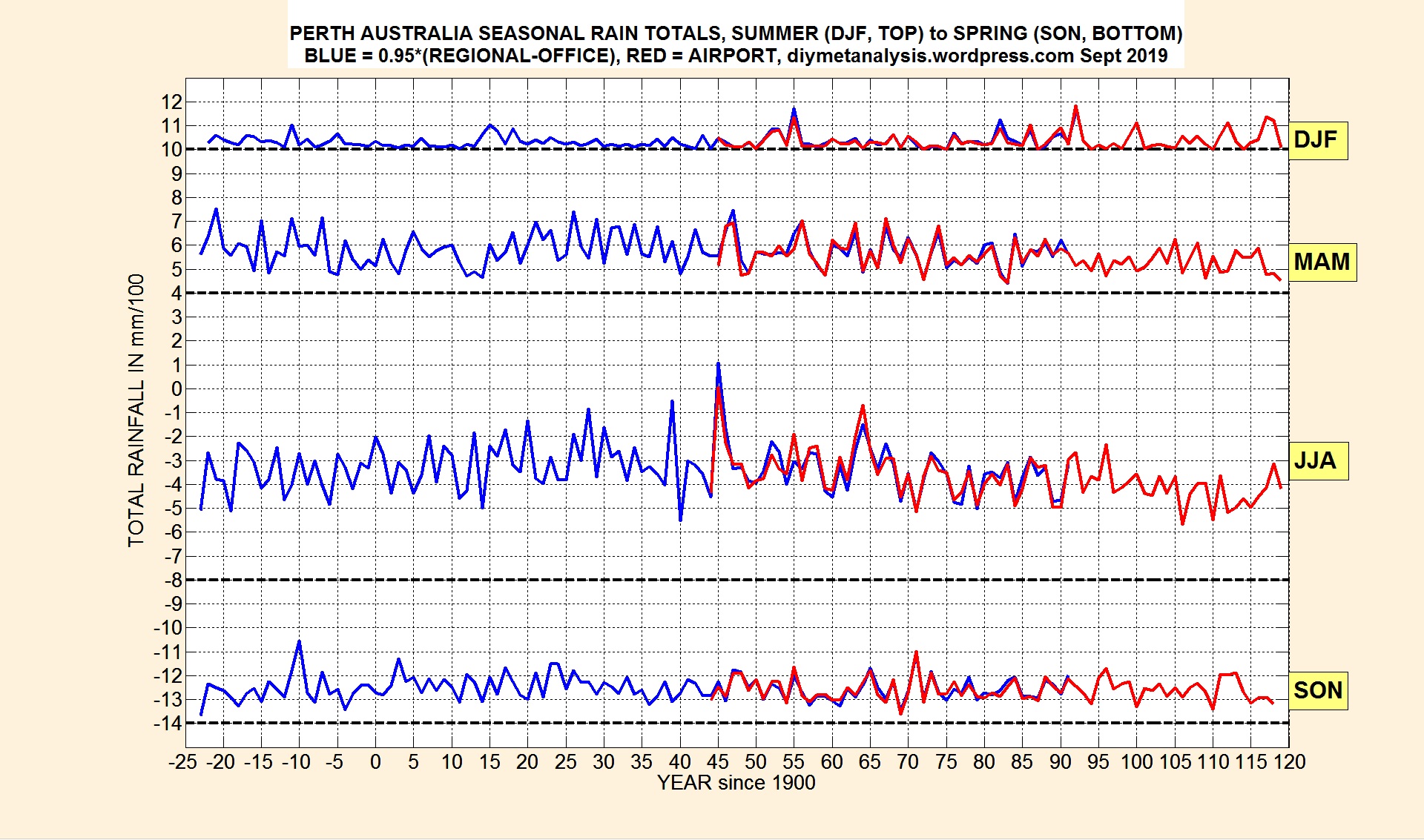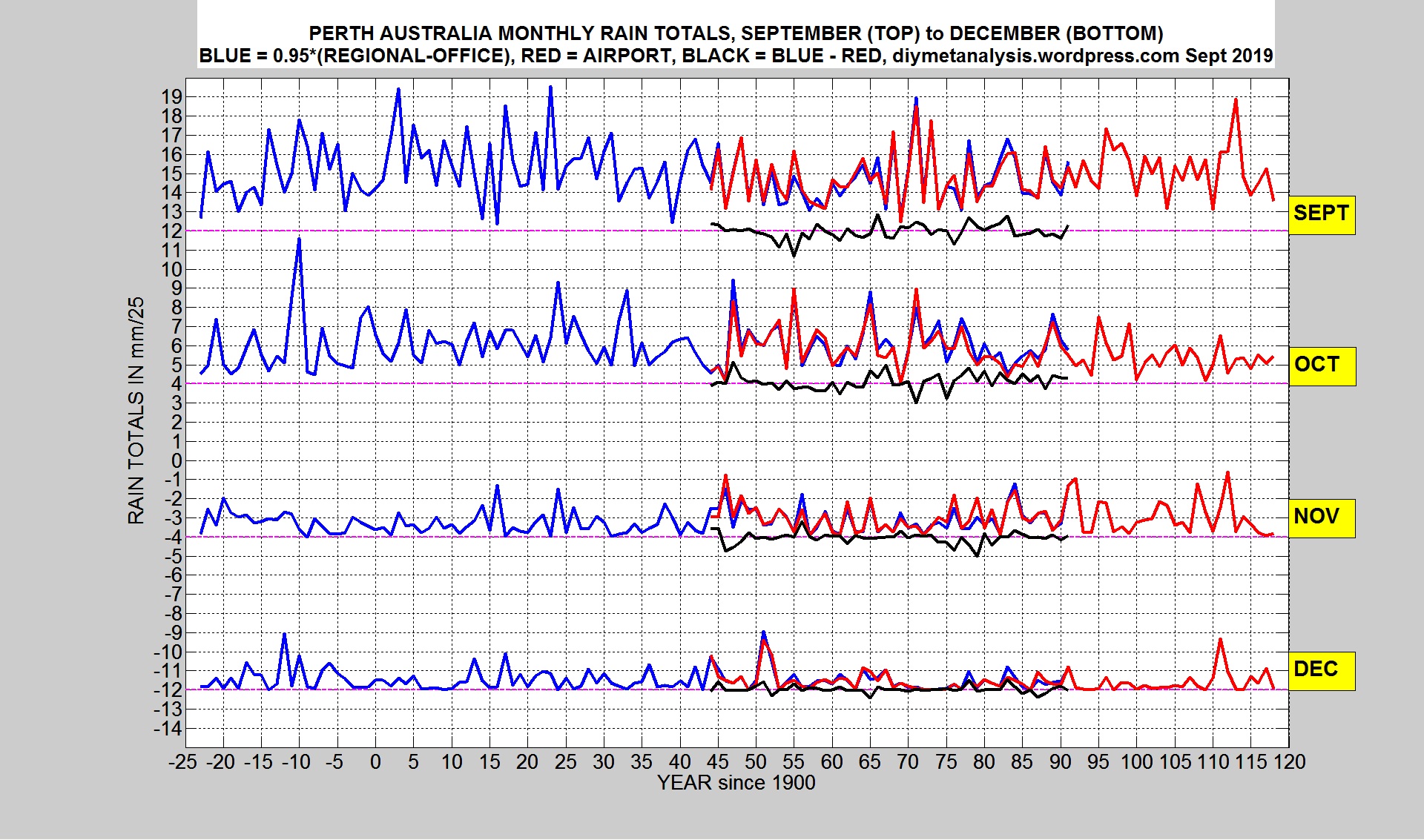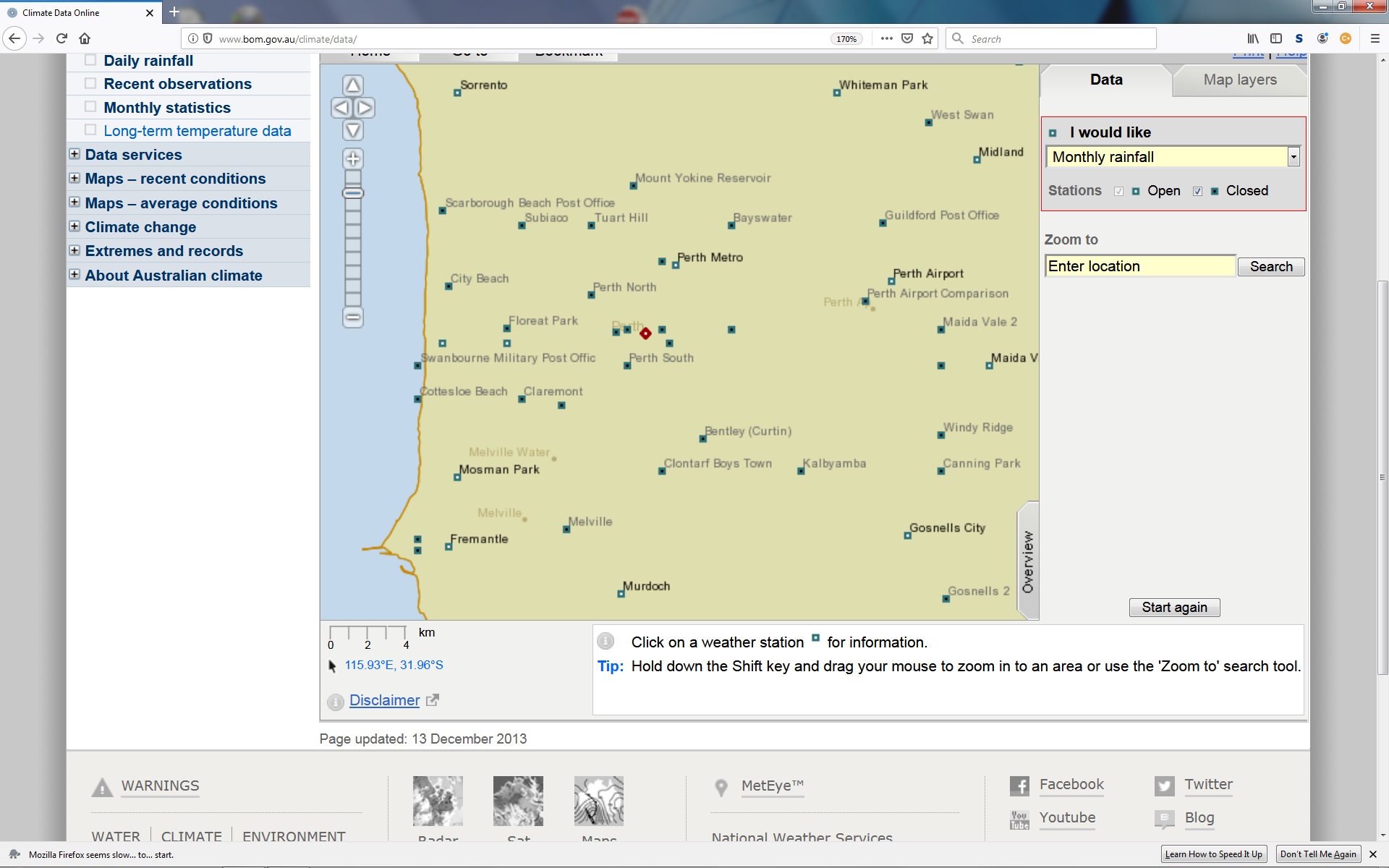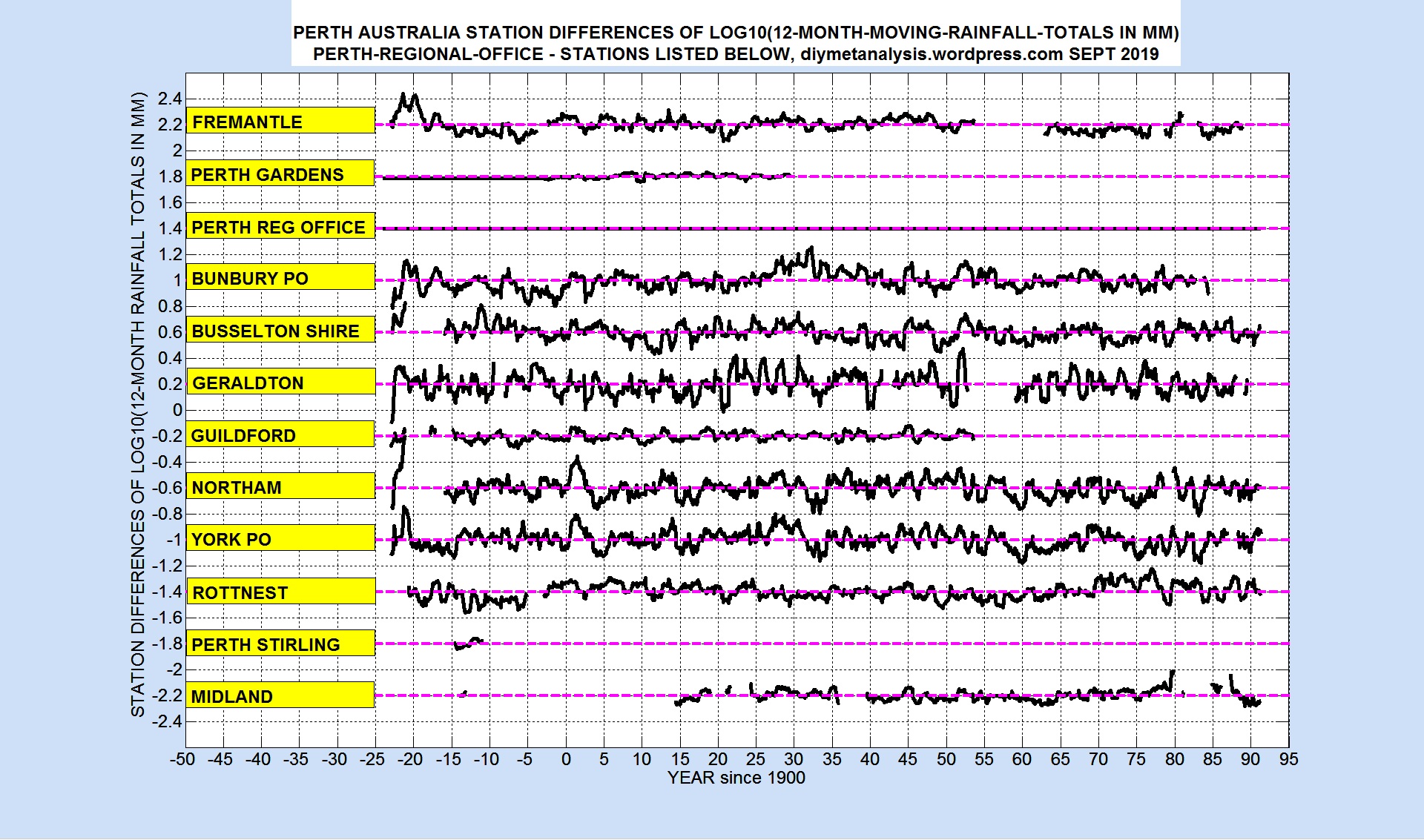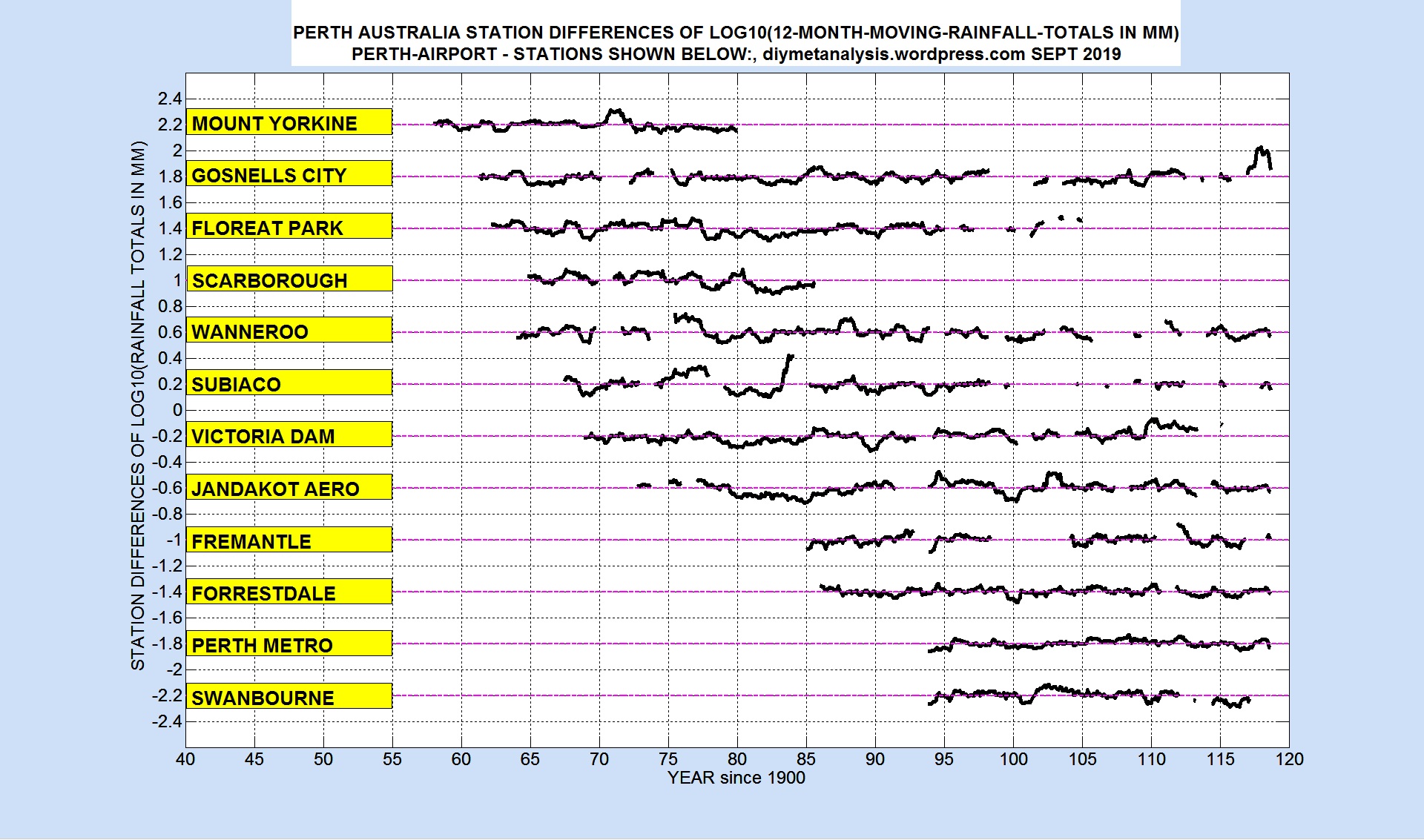Author: Dr Michael Chase (October 2021)

This article is about a composite monthly rainfall reconstruction for Melbourne Australia from 1855 to 2021. The composite is comprised of station data Yan Yean to June 2015, multiplied by 1.1, then nearby Wallan to the currently latest date. The expectation was that Yan Yean data would be OK for the entire period, maybe with rescaling needed for non-climatic changes, but it was found that Yan Yean data is seriously deficient from July 2015 onwards. Missing years of 1979 and 1980 were infilled using the monthly data of Melbourne Airport.
The following photo shows Yan Yean reservoir:

20 station records were examined in the area, checked for inhomogeneities, and mostly infilled with daily data from near neighbours. Most missing months of data are due to just one or two missing days, and the monthly totals can be estimated with very little error using the daily data of near neighbours.
Several open stations near Yan Yean have the same problem with recent years of data, but it was found that Wallan (BoM id 88162) is suitable (when scaled to match Yan Yean) as the recent data in the composite record.
Melbourne Composite Rainfall, 12-month moving totals:

Melbourne Composite Rainfall, cool season (April-October) moving totals, shown here because it has been claimed that rainfall in this season is “in decline”:
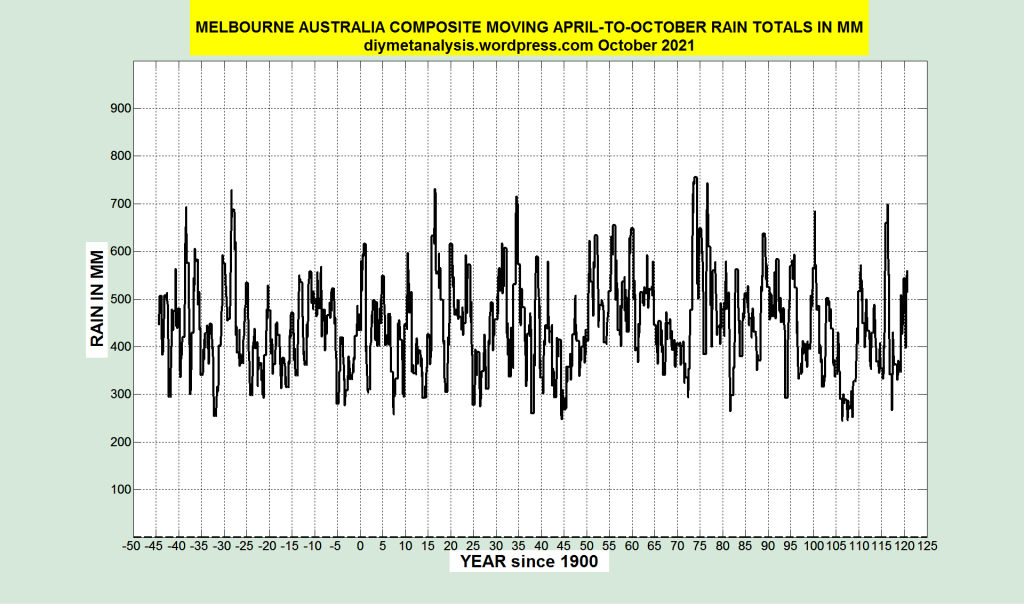
HOMOGENEITY TESTING
The following figures show the homogeneity checks performed on the constituent records, Yan Yean (86131) and Wallan (88162):

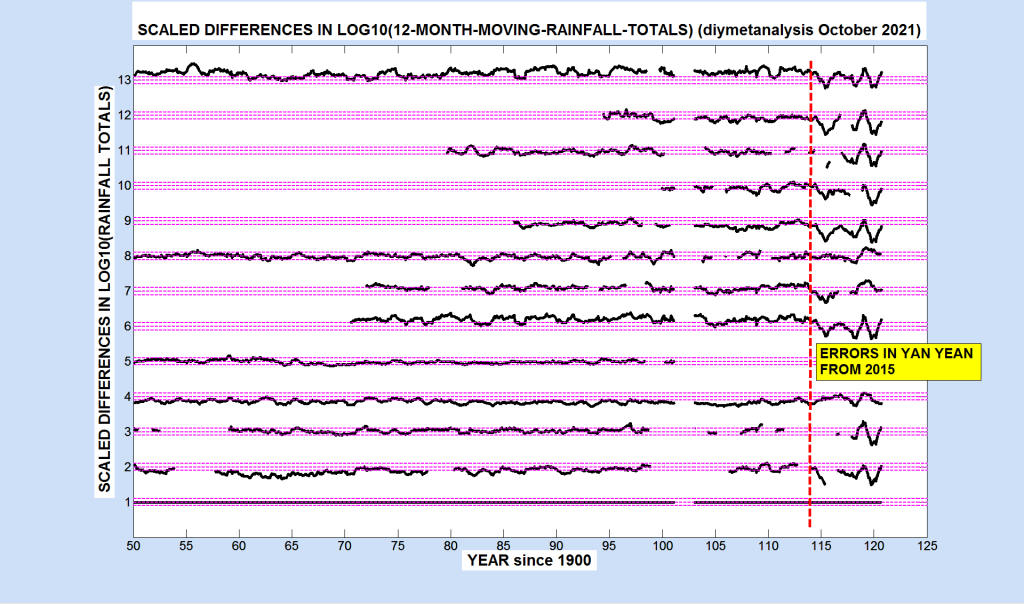
Note in the figure above the consistency of the differences with other stations from 2015, establishing that the errors are within the Yan Yean data.

The figure above establishes that the Wallen data is free from major errors and inhomogeneities from around the year 2000, giving enough (15 years) of an overlap with Yan Yean (to 2015) to obtain a scaling factor for the merging of data.
MERGE SCALING
The following figure shows the differences between the composite records in the overlap period used to establish the scaling factor of 1.1 applied to the Yan Yean data:

YAN YEAN ERRORS
The following figure shows daily rainfall totals for Yan Yean from the BoM Climate Data Online website for 2020:

The figure above illustrates twin problems with the data: many days are missing, but at the same time there are figures (possibly invalid) for monthly totals. It is possible that the missing days of data had negligible rainfall. The following extract from the CSV file for daily data suggests that the figures given following gaps in the data are NOT multi-day accumulations:
IDCJAC0009,86131,2020,01,01,0.0,1,N
IDCJAC0009,86131,2020,01,02,0.0,1,N
IDCJAC0009,86131,2020,01,03,,,
IDCJAC0009,86131,2020,01,04,,,
IDCJAC0009,86131,2020,01,05,,,
IDCJAC0009,86131,2020,01,06,14.2,1,N
IDCJAC0009,86131,2020,01,07,1.4,1,N
IDCJAC0009,86131,2020,01,08,,,
IDCJAC0009,86131,2020,01,09,,,
IDCJAC0009,86131,2020,01,10,,,
IDCJAC0009,86131,2020,01,11,18.8,1,N
IDCJAC0009,86131,2020,01,12,,,
IDCJAC0009,86131,2020,01,13,,,
IDCJAC0009,86131,2020,01,14,,,
IDCJAC0009,86131,2020,01,15,,,
IDCJAC0009,86131,2020,01,16,30.2,1,N
IDCJAC0009,86131,2020,01,17,,,
IDCJAC0009,86131,2020,01,18,,,
IDCJAC0009,86131,2020,01,19,0.0,1,N
IDCJAC0009,86131,2020,01,20,3.2,1,N
IDCJAC0009,86131,2020,01,21,,,
IDCJAC0009,86131,2020,01,22,,,
IDCJAC0009,86131,2020,01,23,16.0,1,N
IDCJAC0009,86131,2020,01,24,3.0,1,N
IDCJAC0009,86131,2020,01,25,0.0,1,N
IDCJAC0009,86131,2020,01,26,,,
IDCJAC0009,86131,2020,01,27,0.0,1,N
IDCJAC0009,86131,2020,01,28,0.0,1,N
IDCJAC0009,86131,2020,01,29,0.0,1,N
IDCJAC0009,86131,2020,01,30,,,
IDCJAC0009,86131,2020,01,31,,,
The second to last entry in the data extract above is the number of days of accumulation.
STATIONS USED
The stations used in the analysis are shown below, a direct copy and paste from the MATLAB software. The flags after the BoM id control which stations are used for the early and late homogeneity plots.
stations = […
% BoM id
01 86131 1 1 1855 2021;… % Yan_Yean_rain
02 86071 1 0 1855 2015;… % Melbourne_regional_office
03 86035 1 1 1906 2021;… % Eltham_rain
04 86036 1 1 1906 2021;… % Epping_rain
05 86138 1 0 1888 1939;… % Greenborough_rain
06 86110 1 0 1940 1972;… % Morang_rain
07 86117 1 1 1892 2021;… % Toorourrong_Res_rain
08 86122 1 0 1937 1973;… % Watsonia_rain
09 86125 1 1 1902 2003;… % Whittlesea_rain
10 86282 0 1 1970 2021;… % Melbourne_Airport_rain
11 86038 1 0 1929 1986;… % Essendon_Airport_rain
12 86305 0 1 1972 2021;… % Greenvale_Reservoir_rain
13 88060 0 0 1884 2021;… % Kinglake_West_rain
14 86374 0 0 1989 2021;… % Kinglake_West_rain
15 86096 1 1 1910 2021;… % Preston_Reservoir_rain
16 86377 0 1 1986 2021;… % Upper_Plenty_rain
17 86068 0 1 1999 2021;… % Viewbank_rain
18 86350 0 1 1979 2021;… % Wallan_rain
19 88162 0 1 1994 2021;… % Wallan_Kilmore_rain
20 87031 0 1 1941 2021]; % Laverton_RAAF_rain
%
END OF POST




